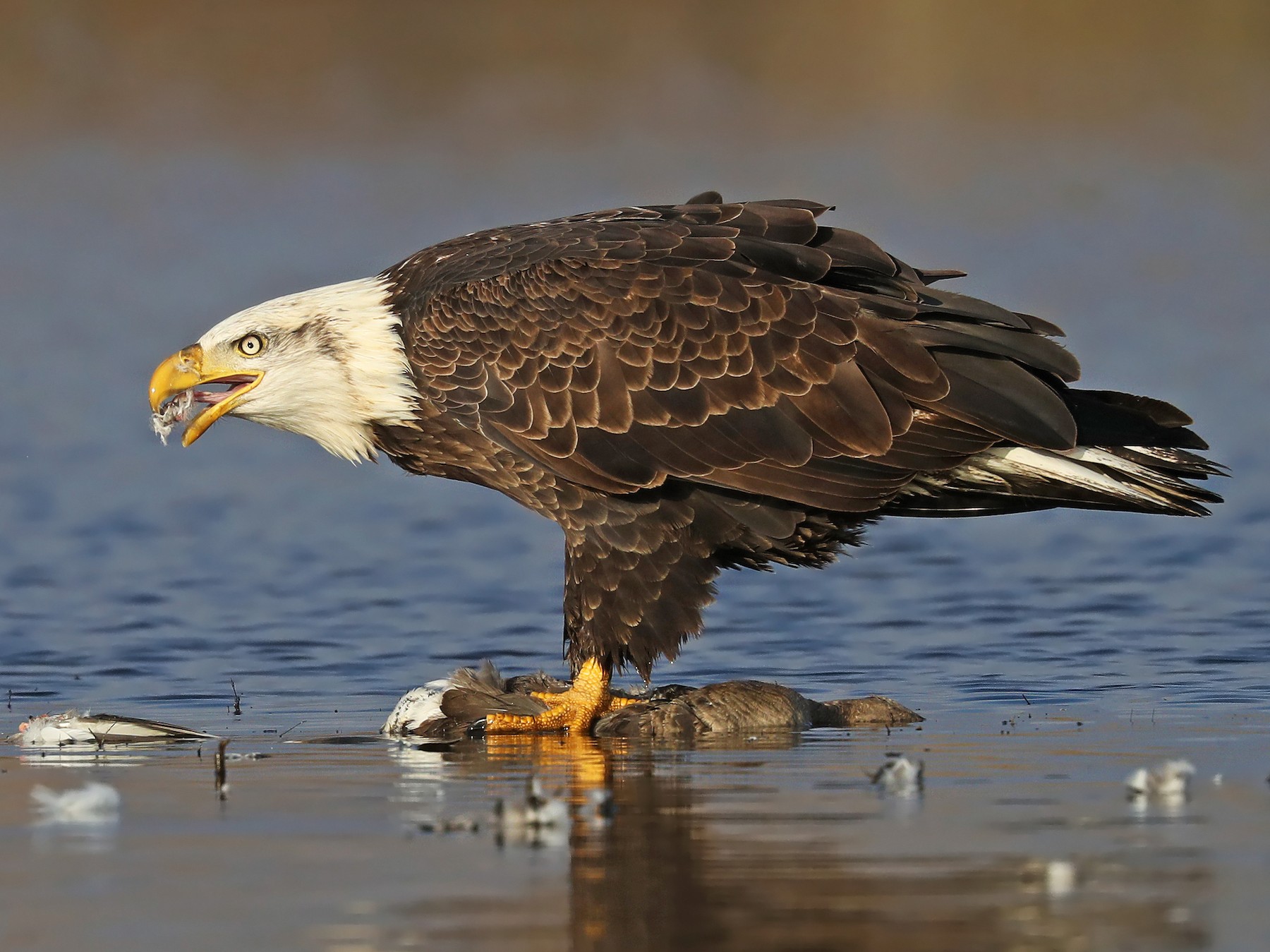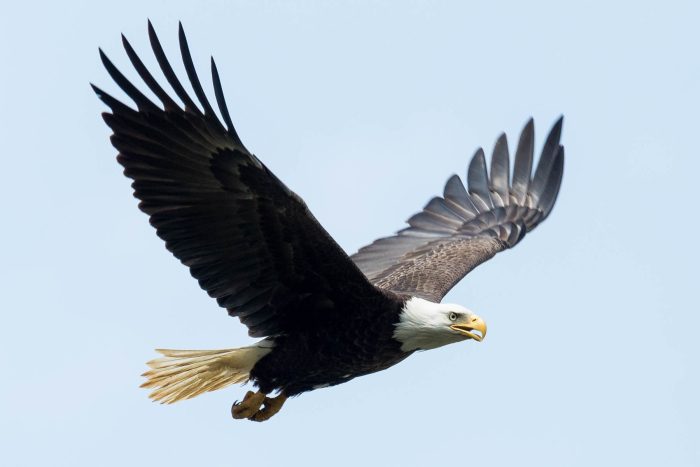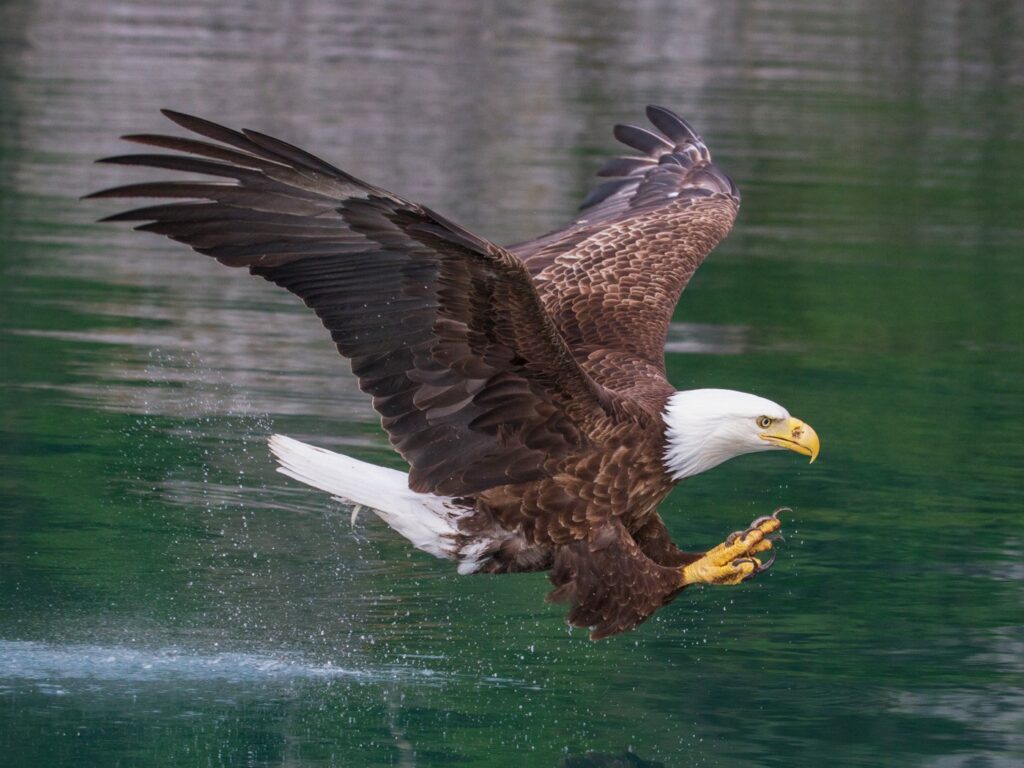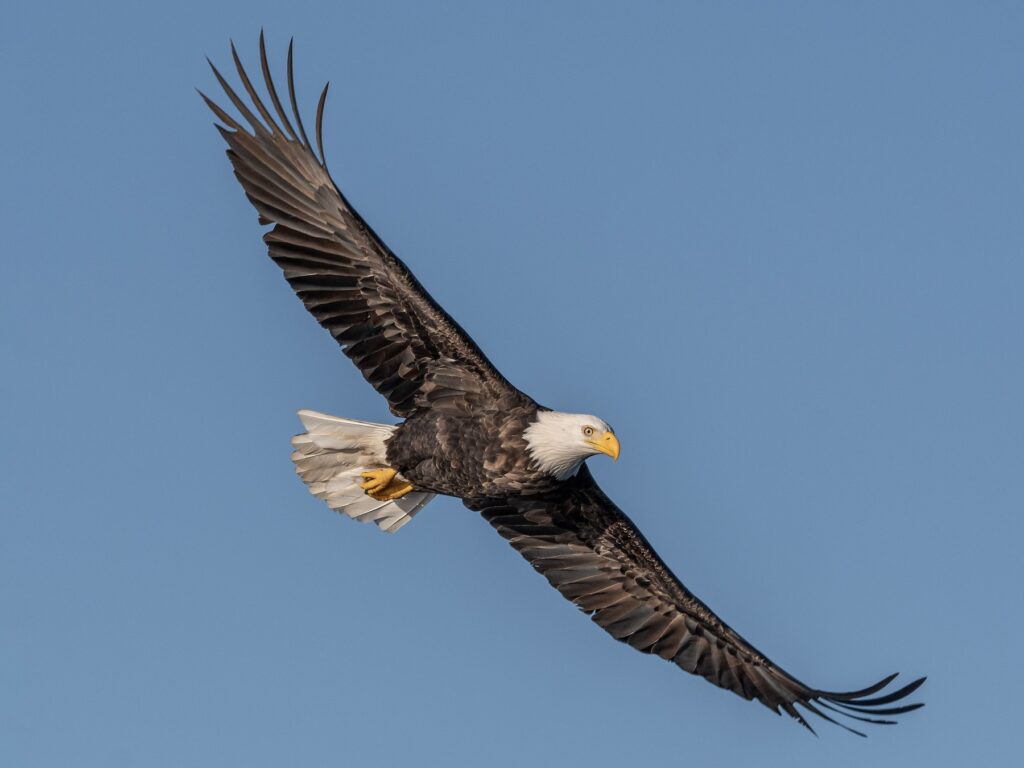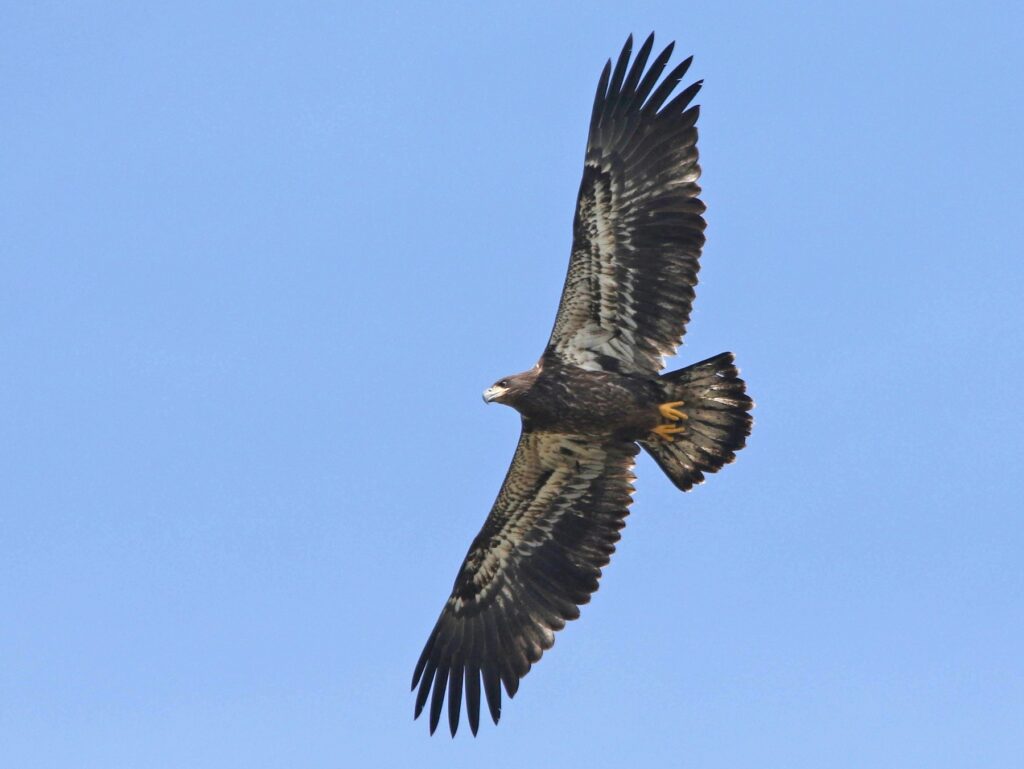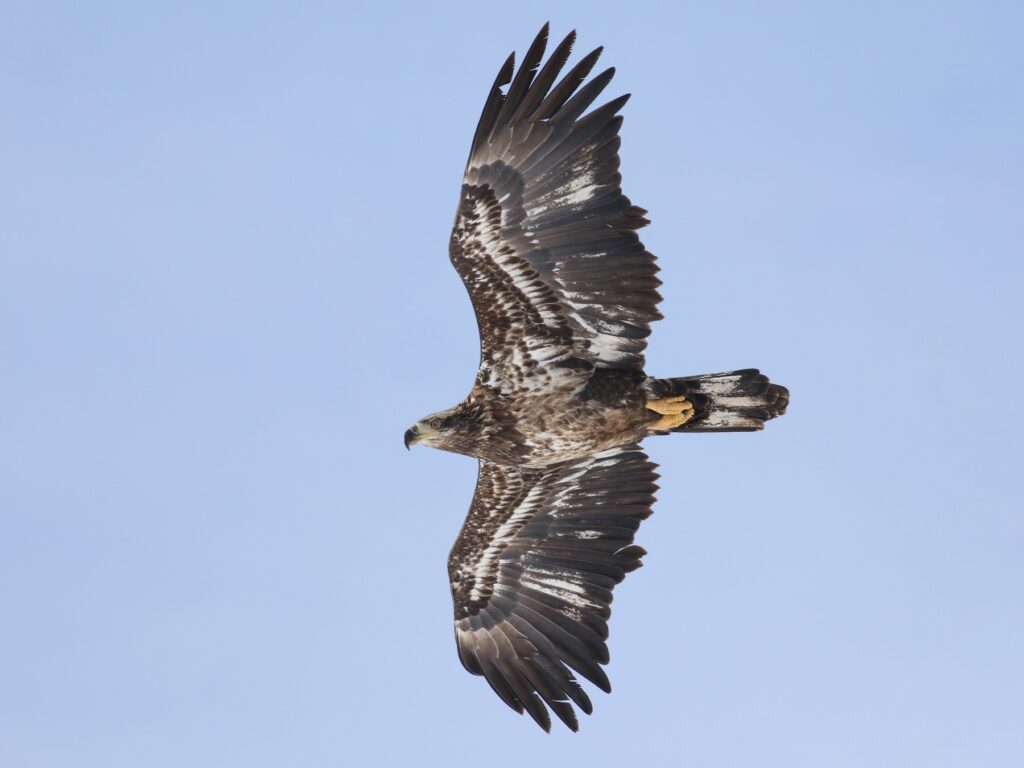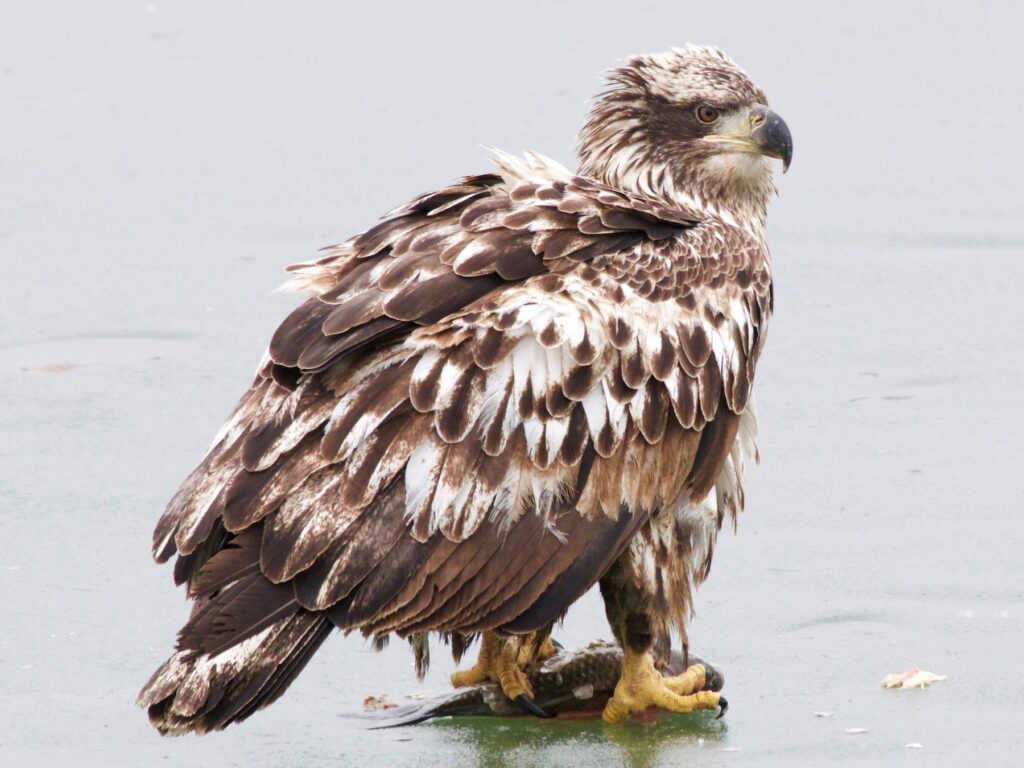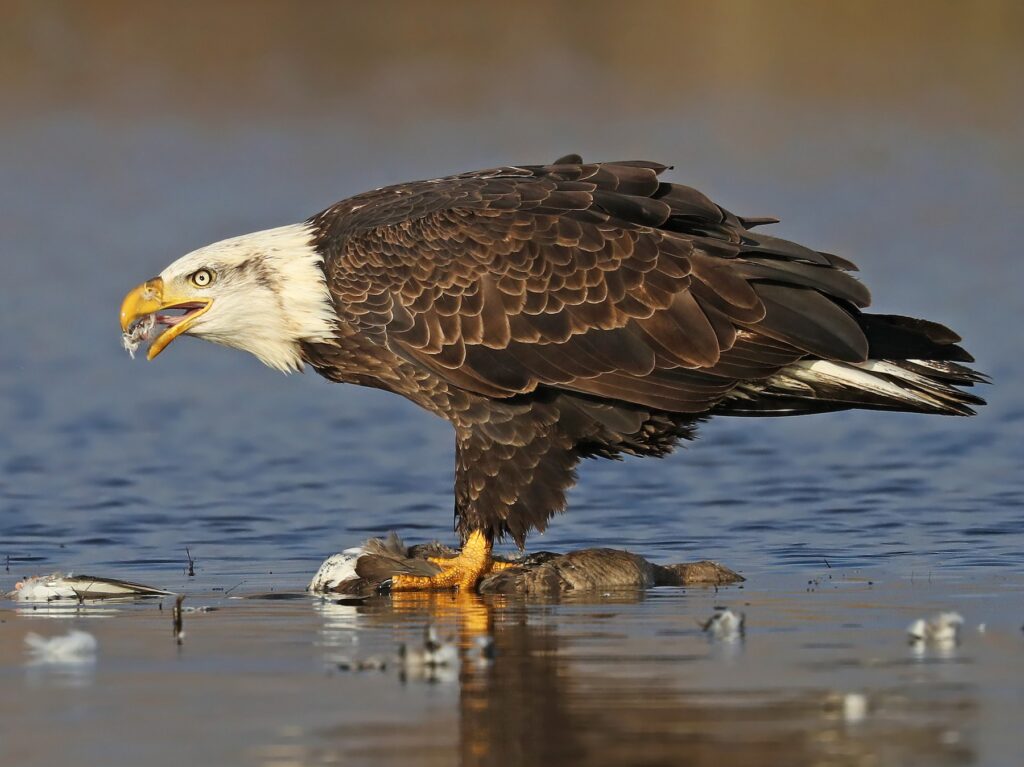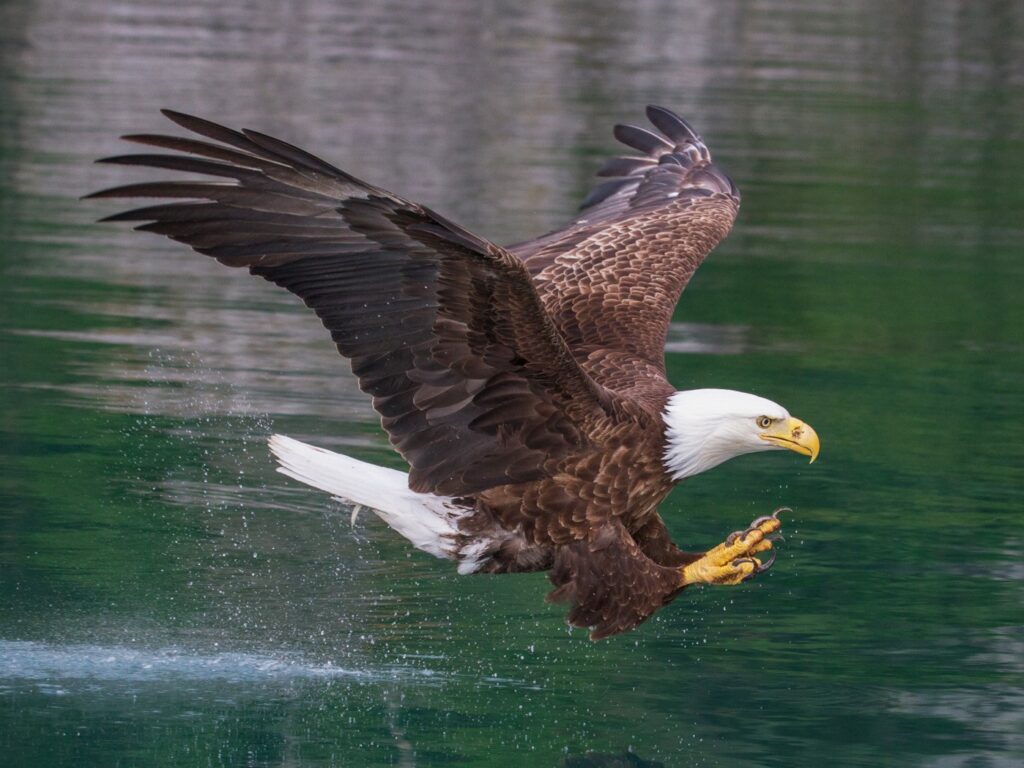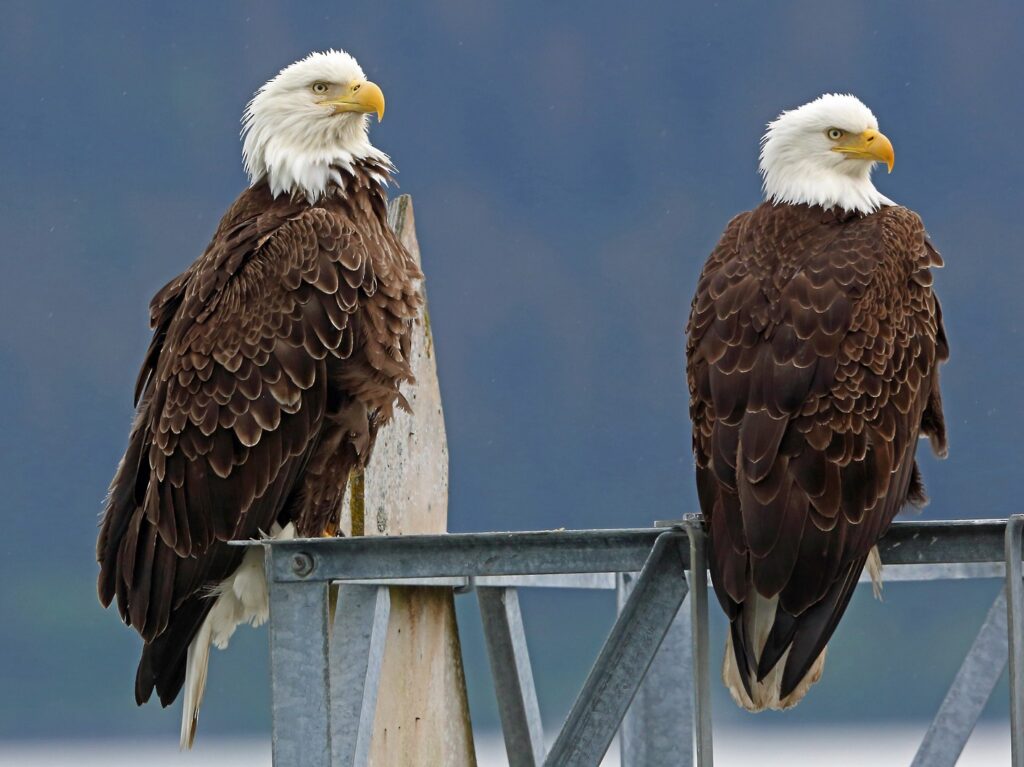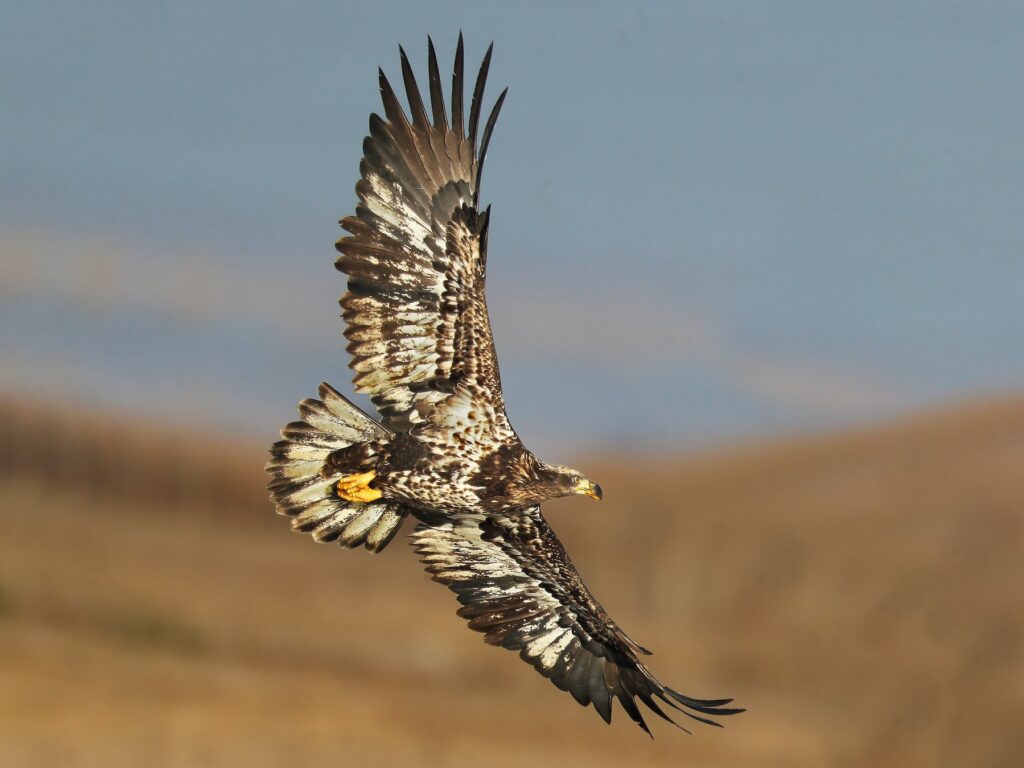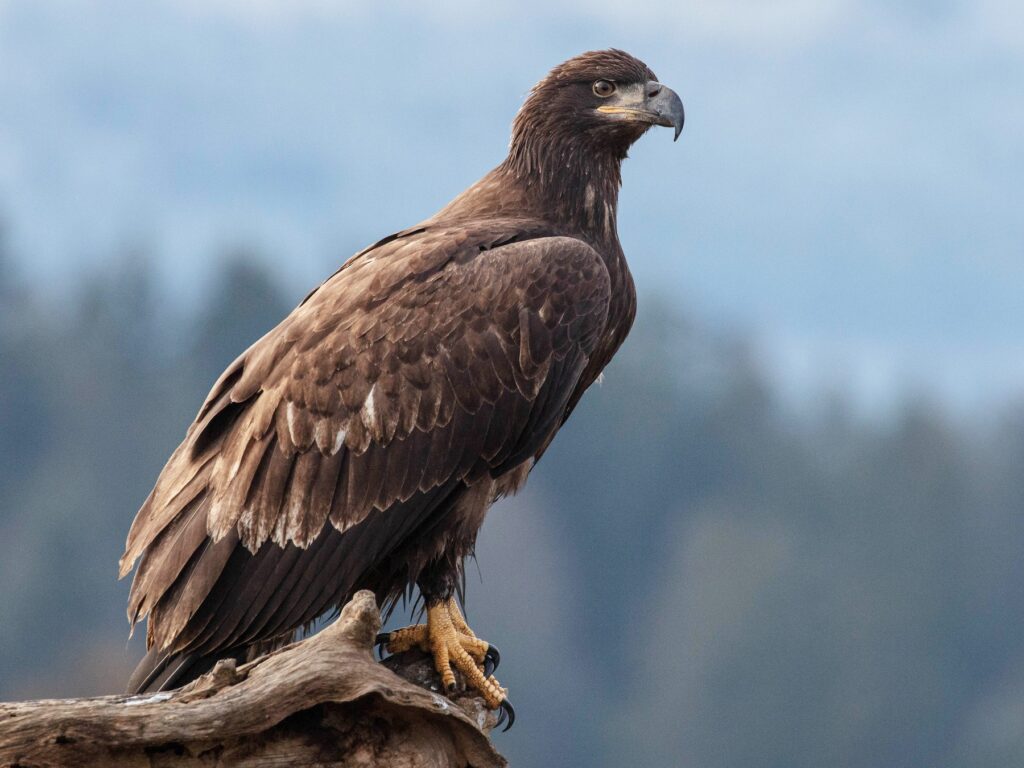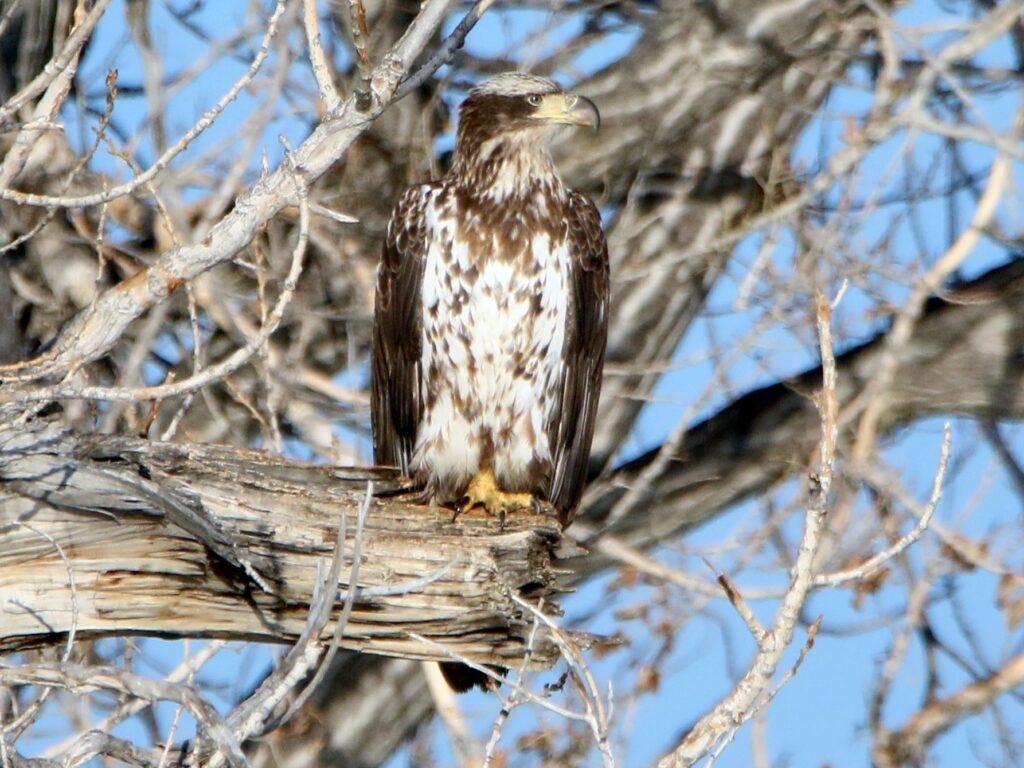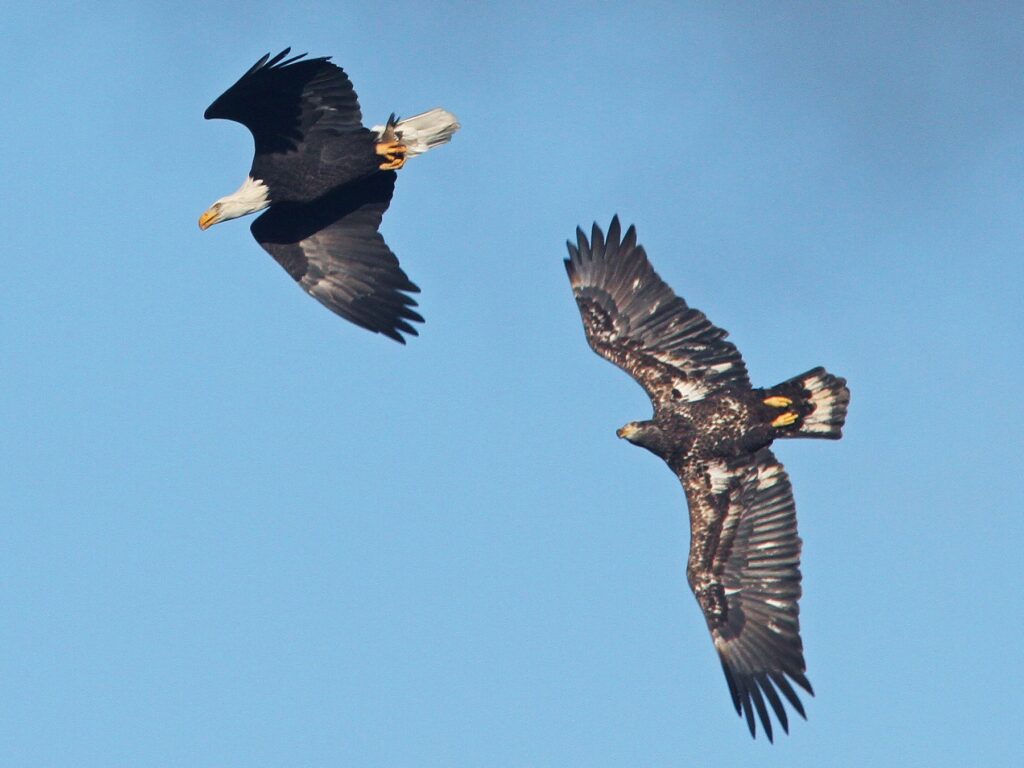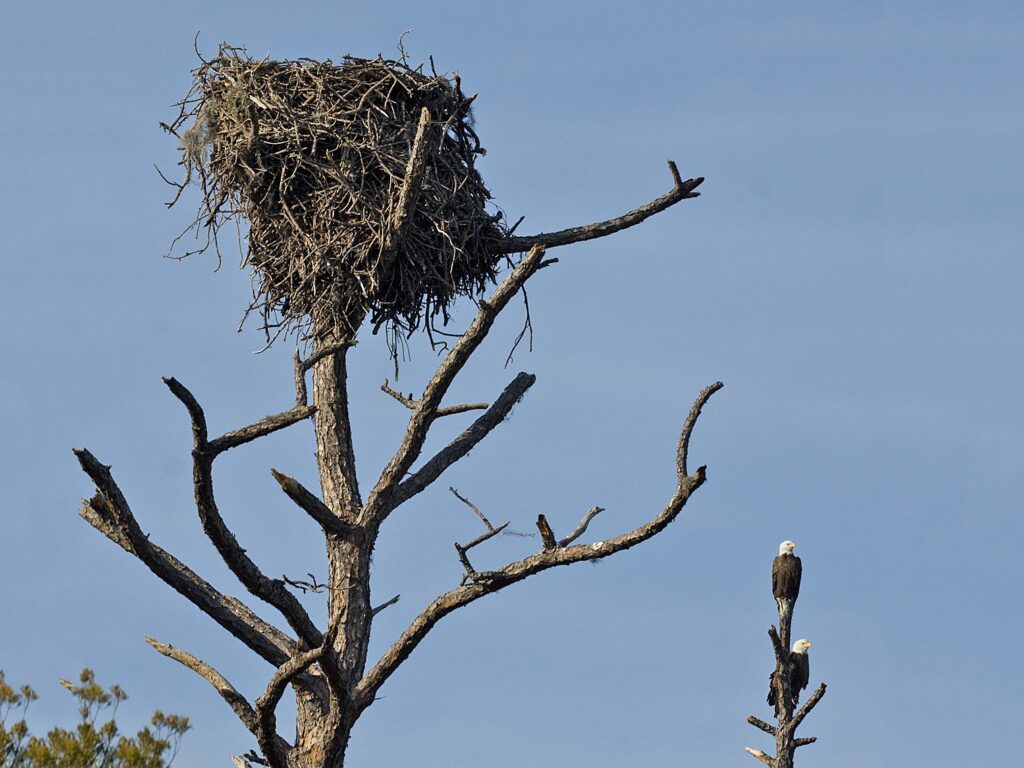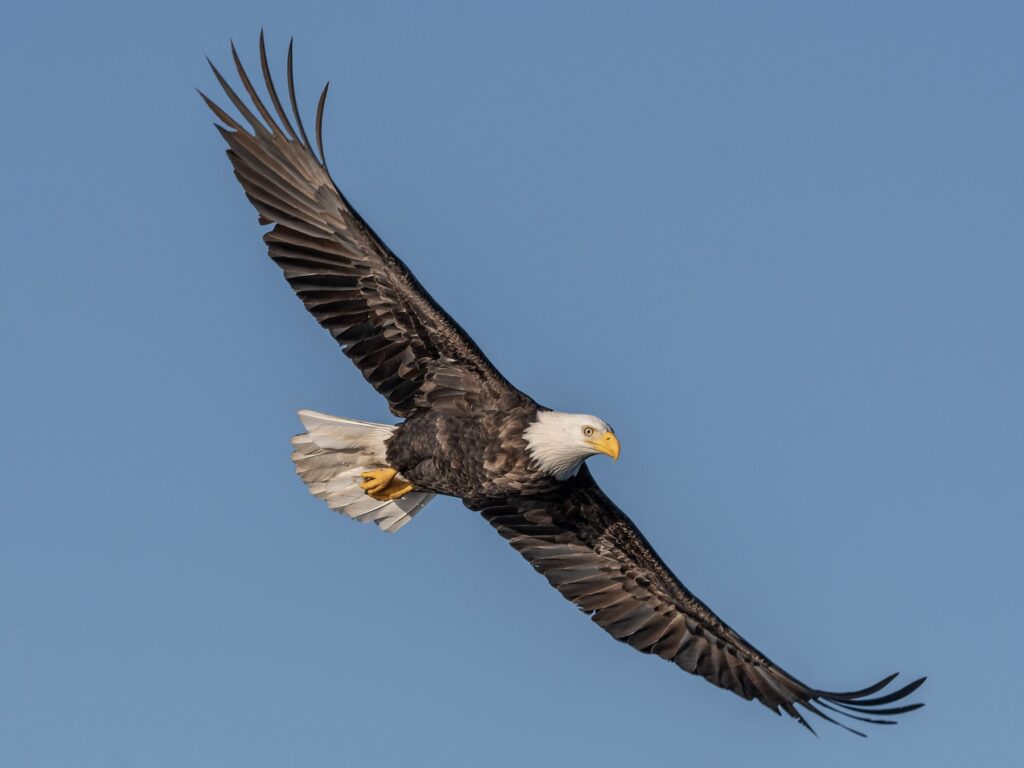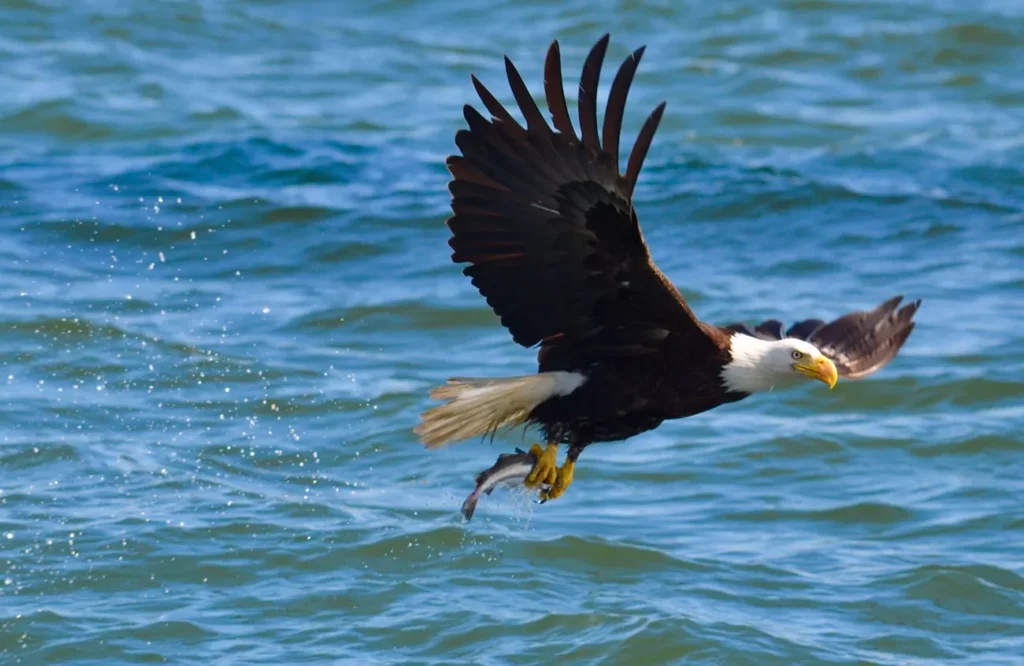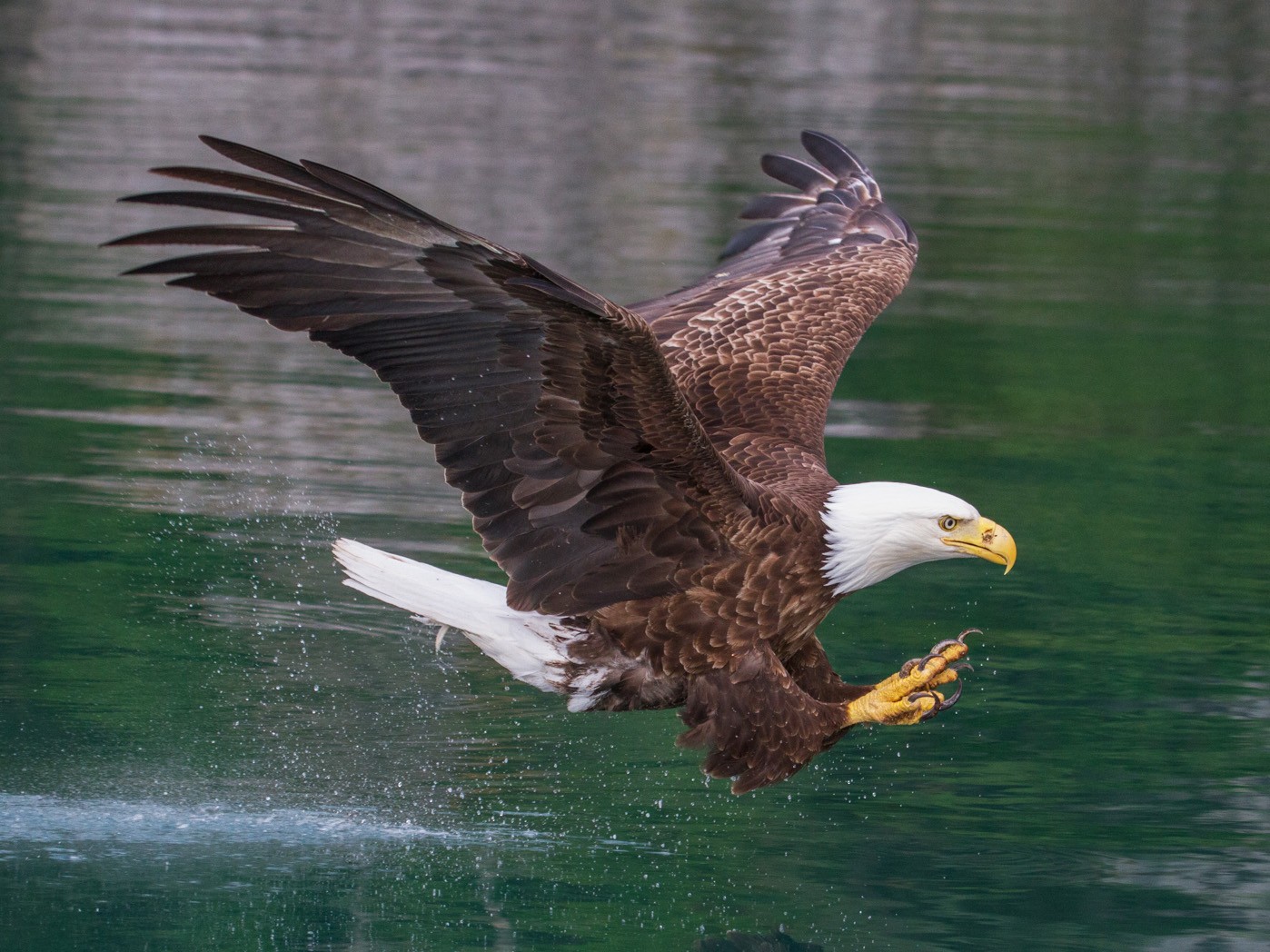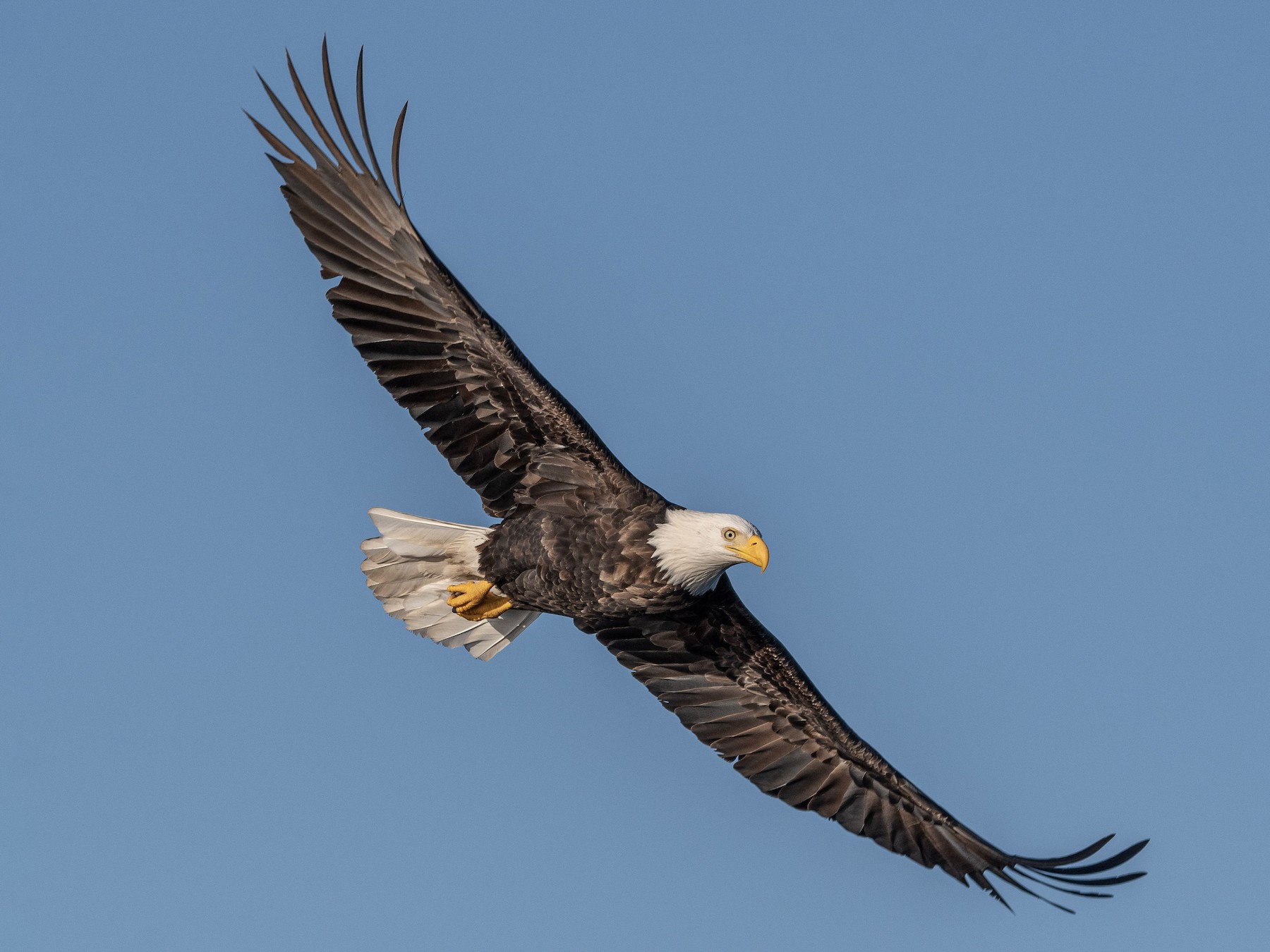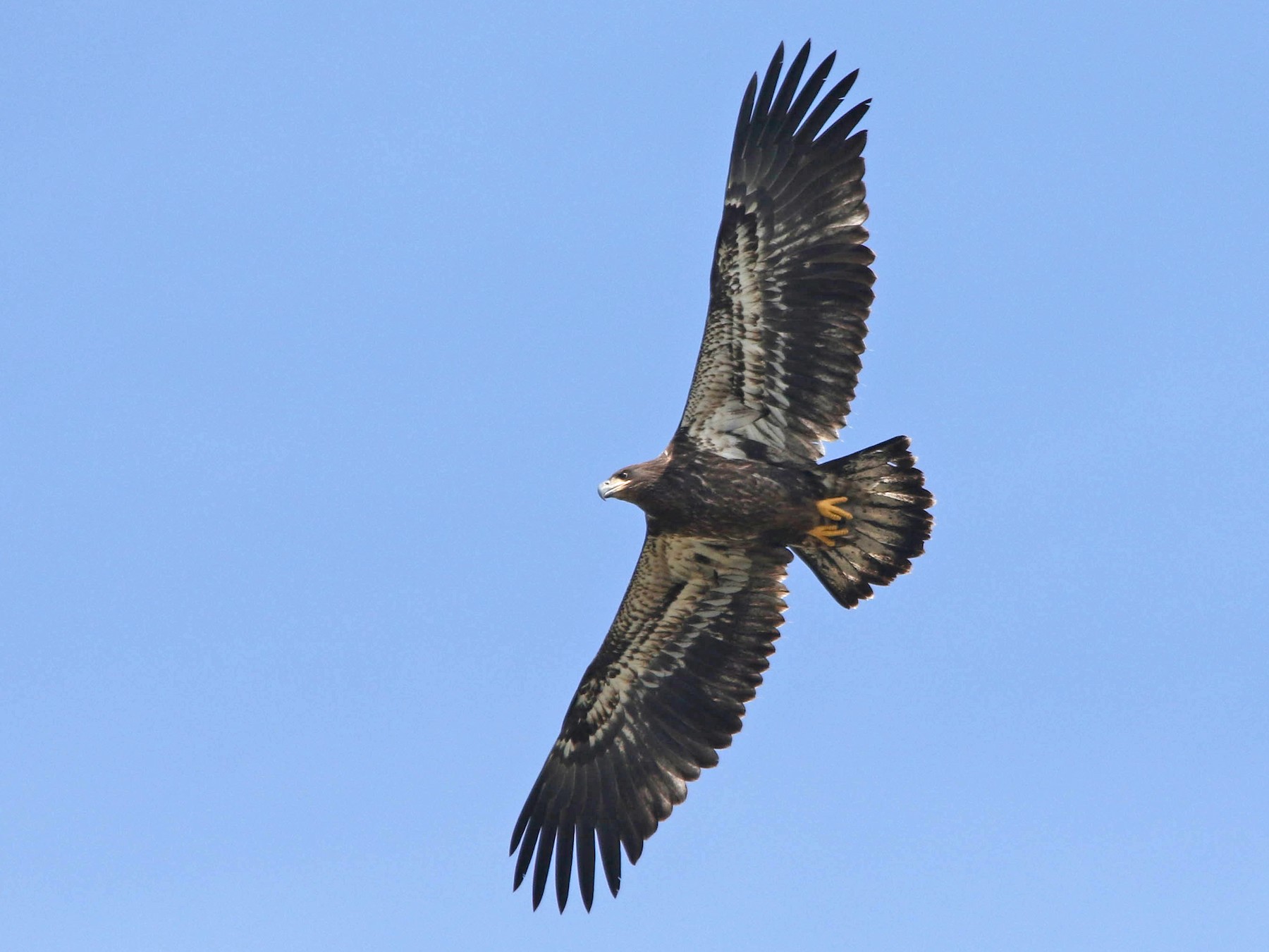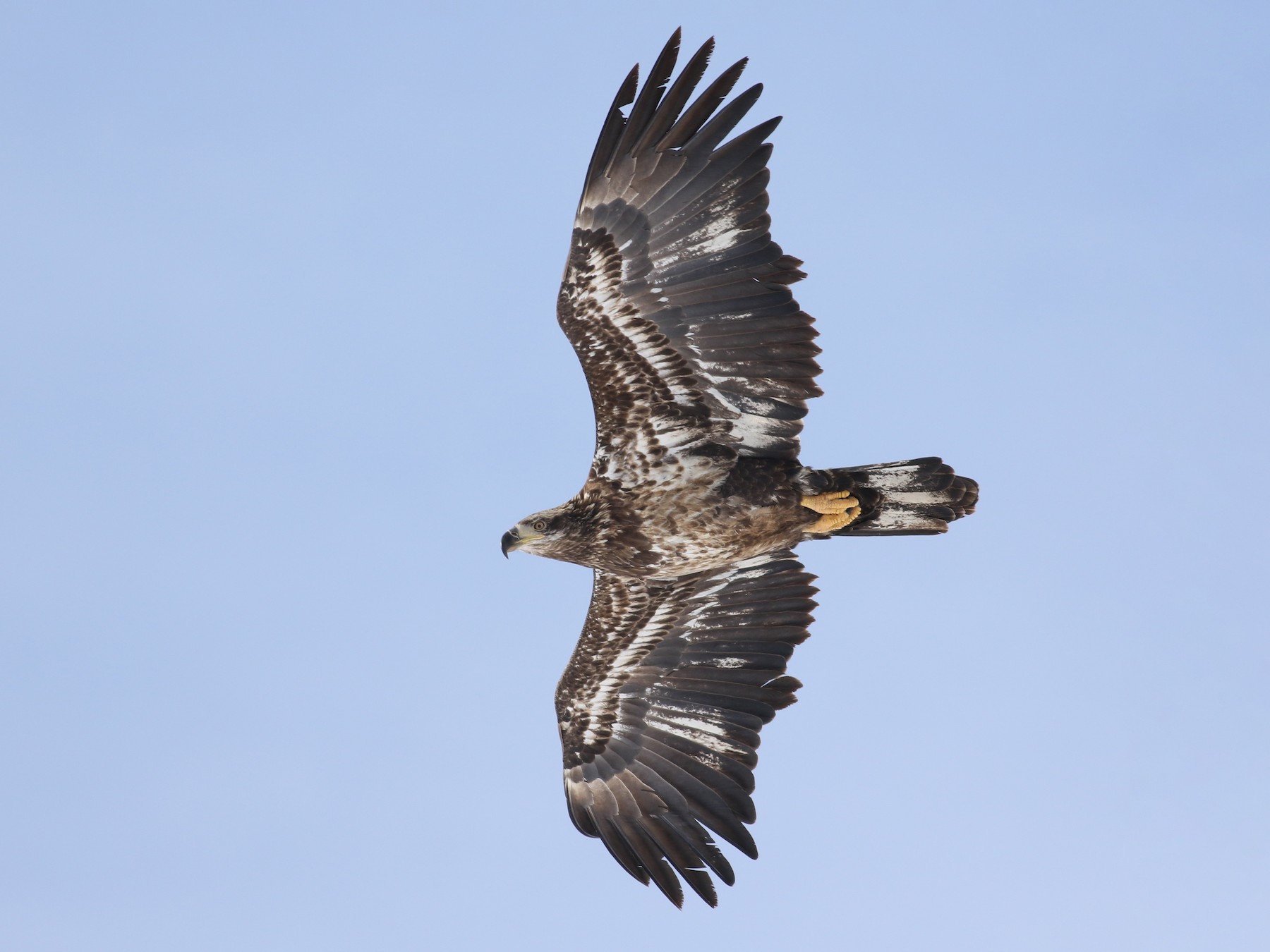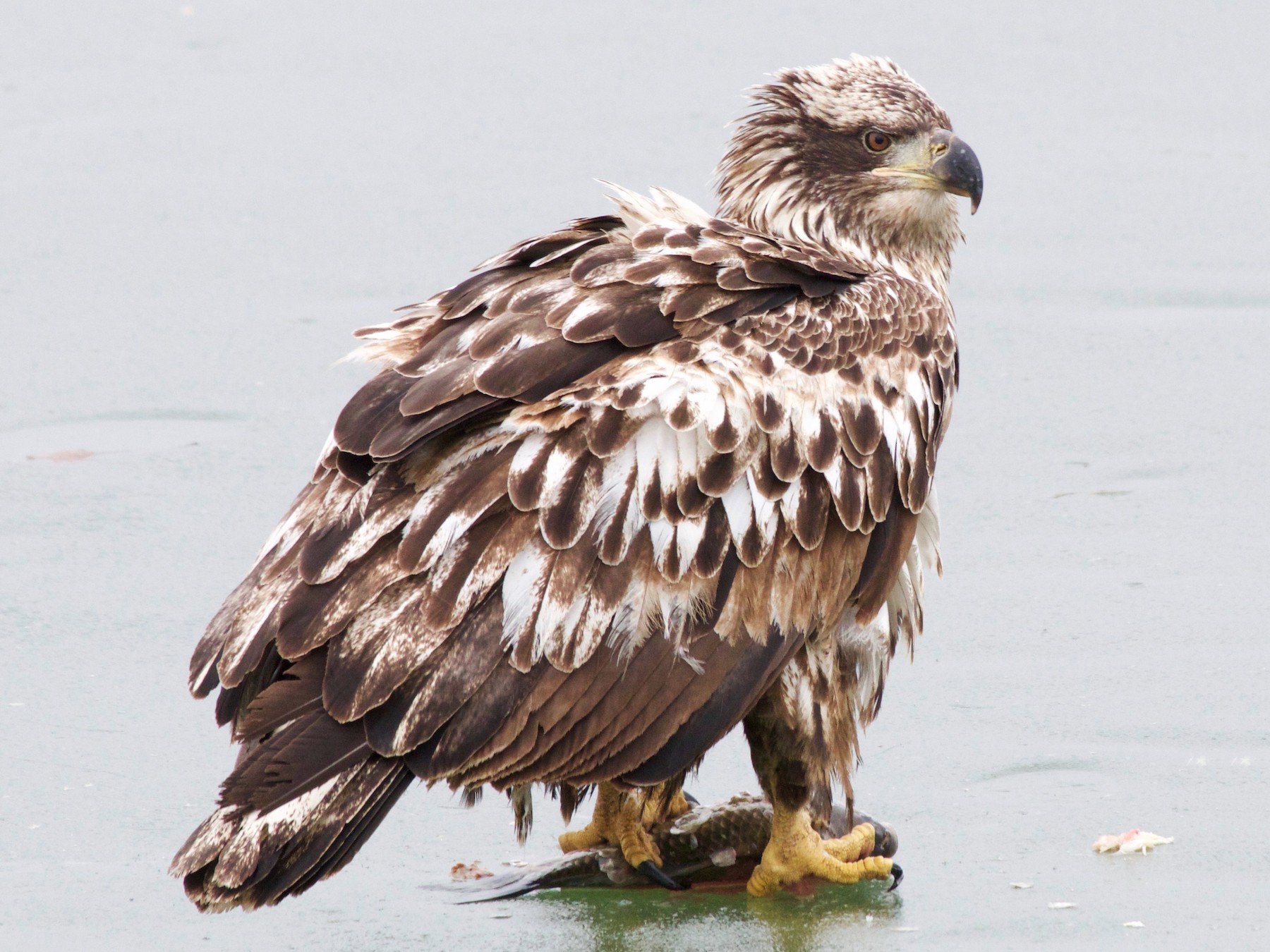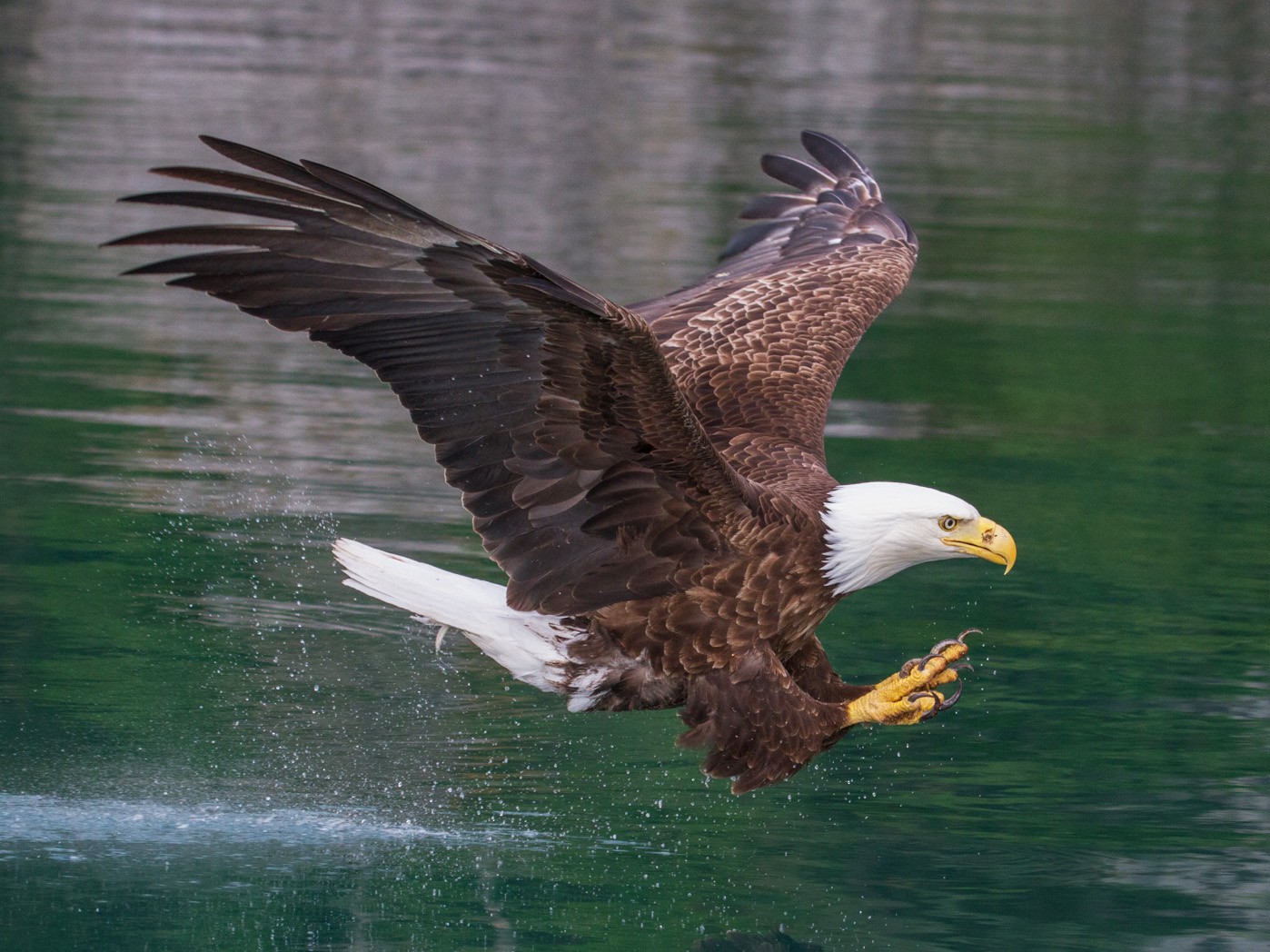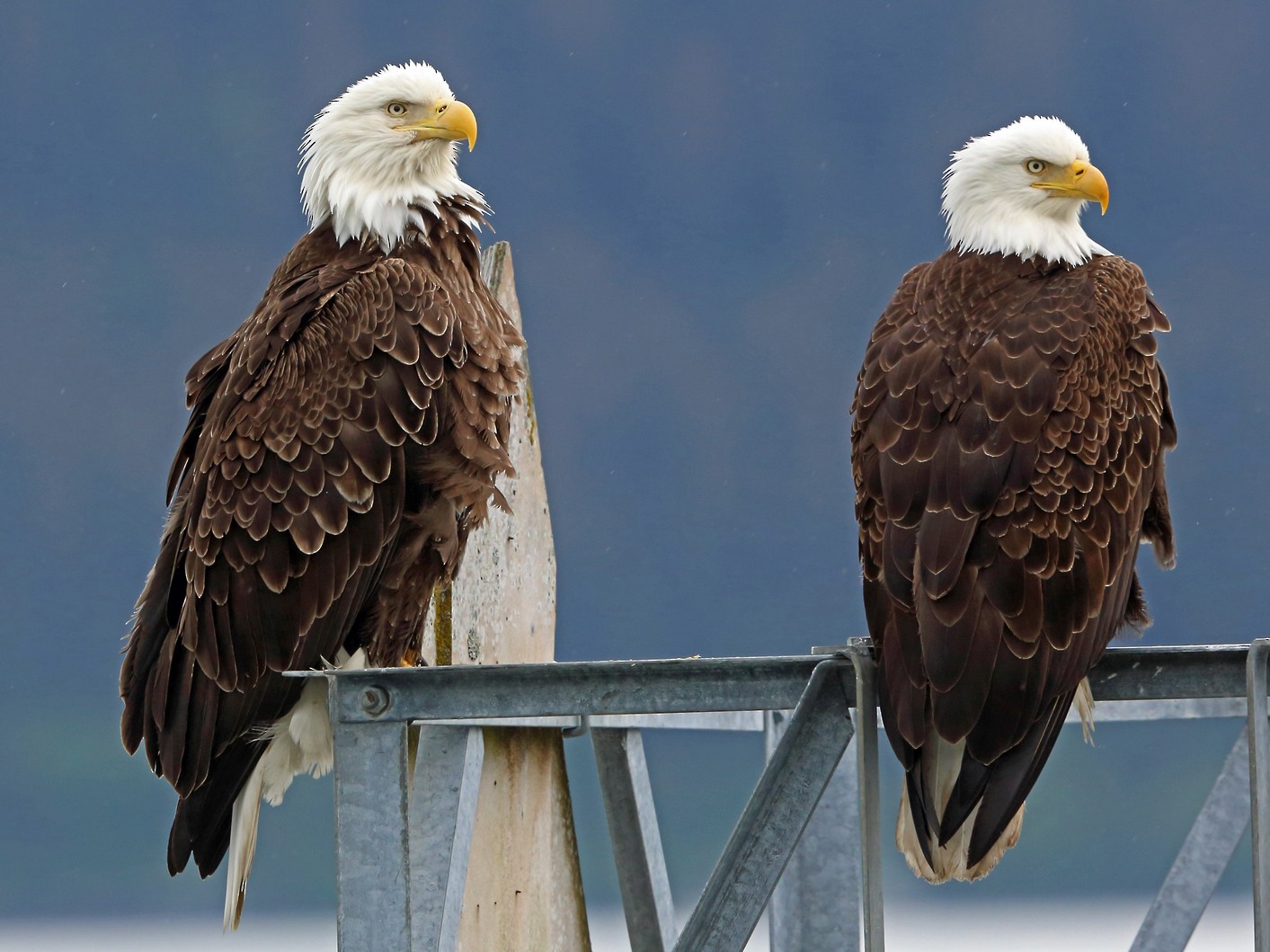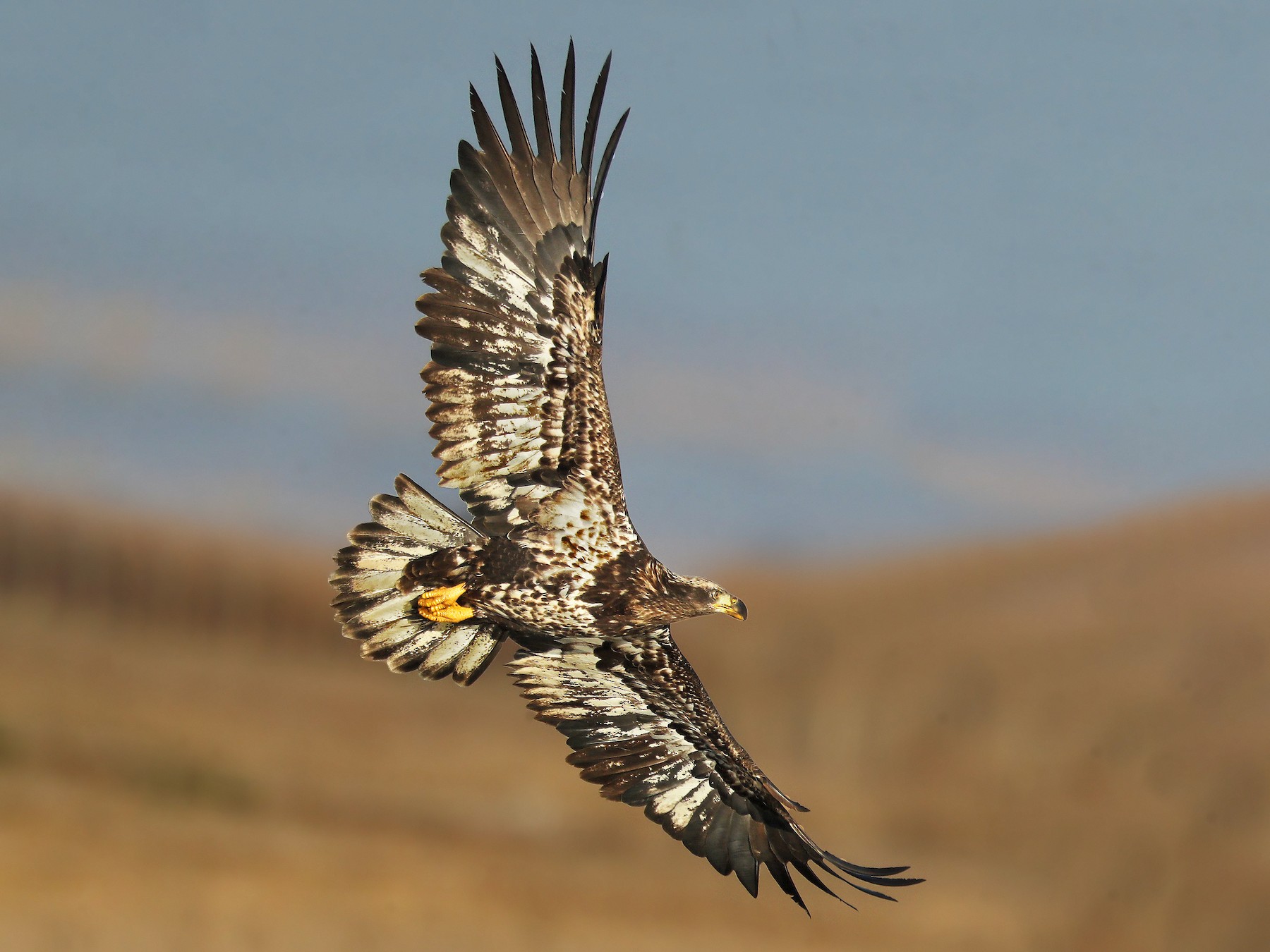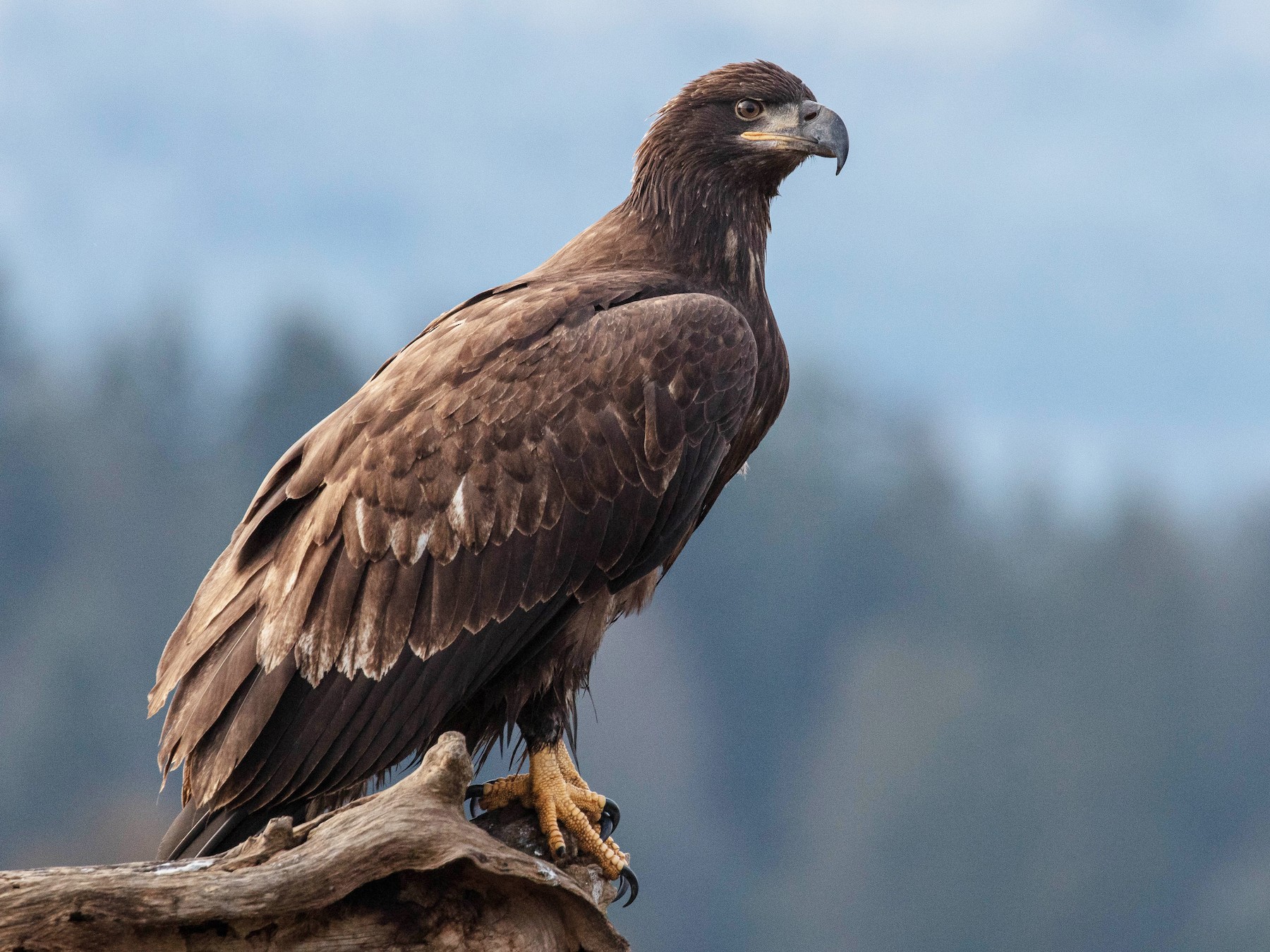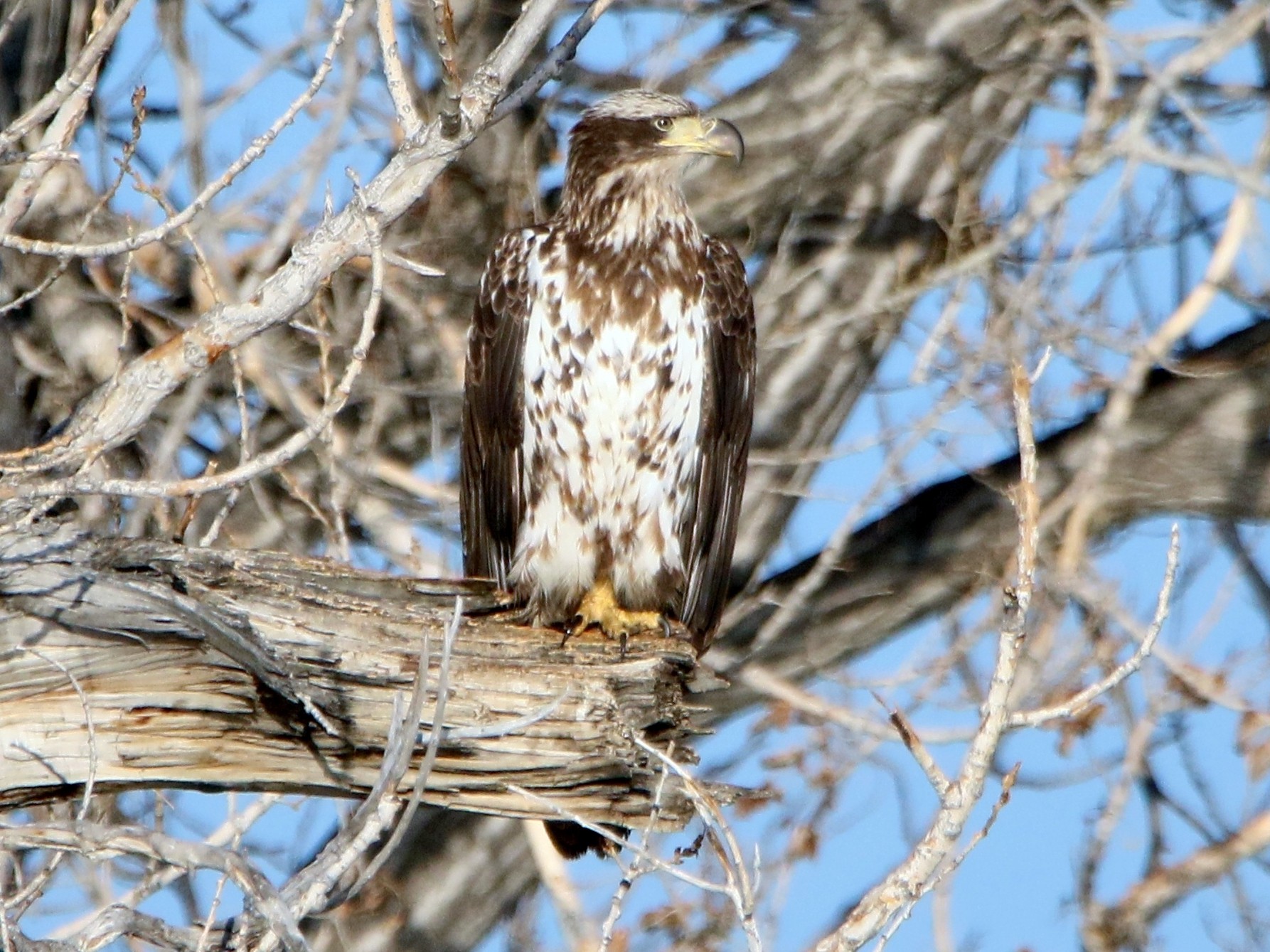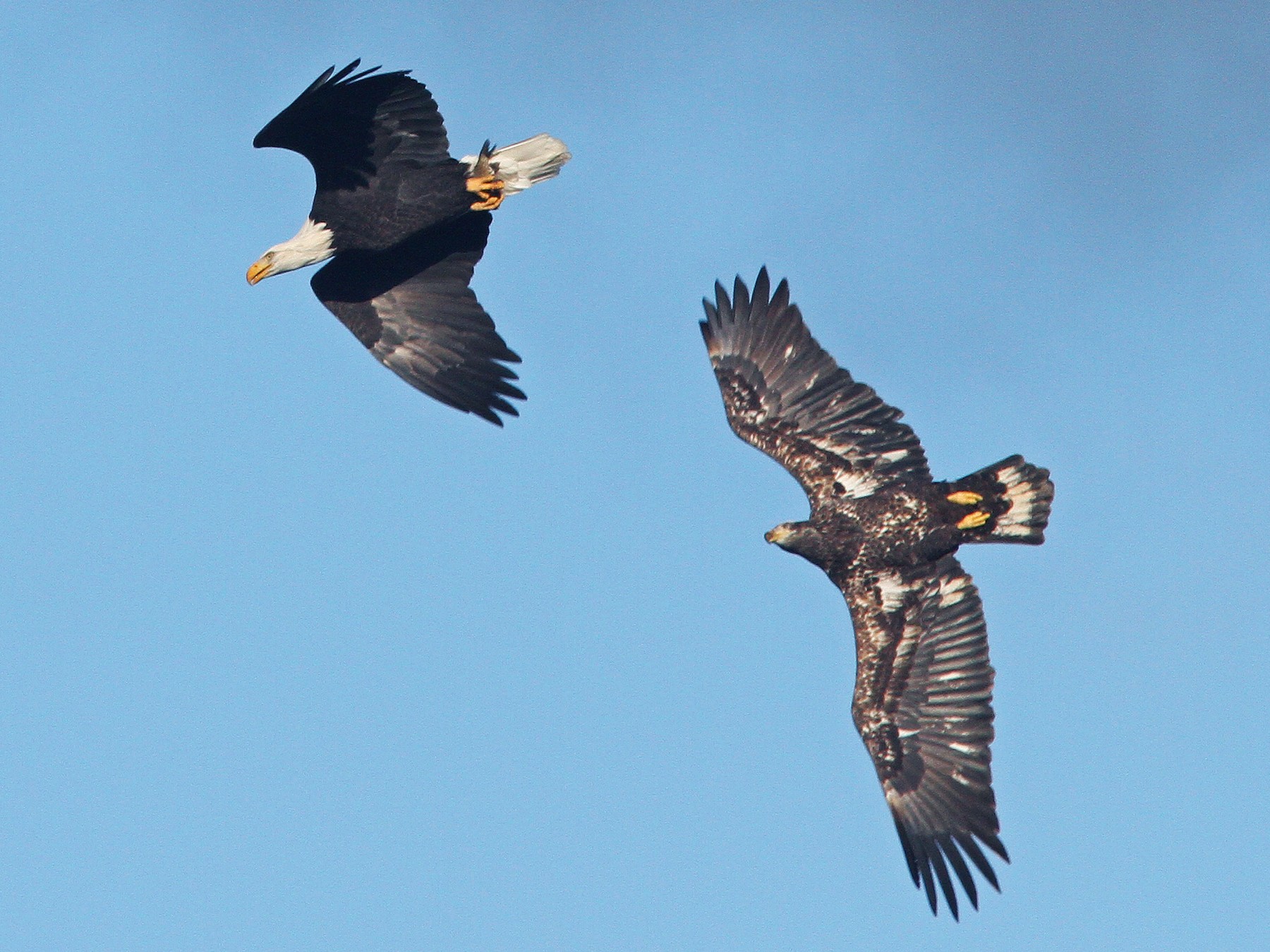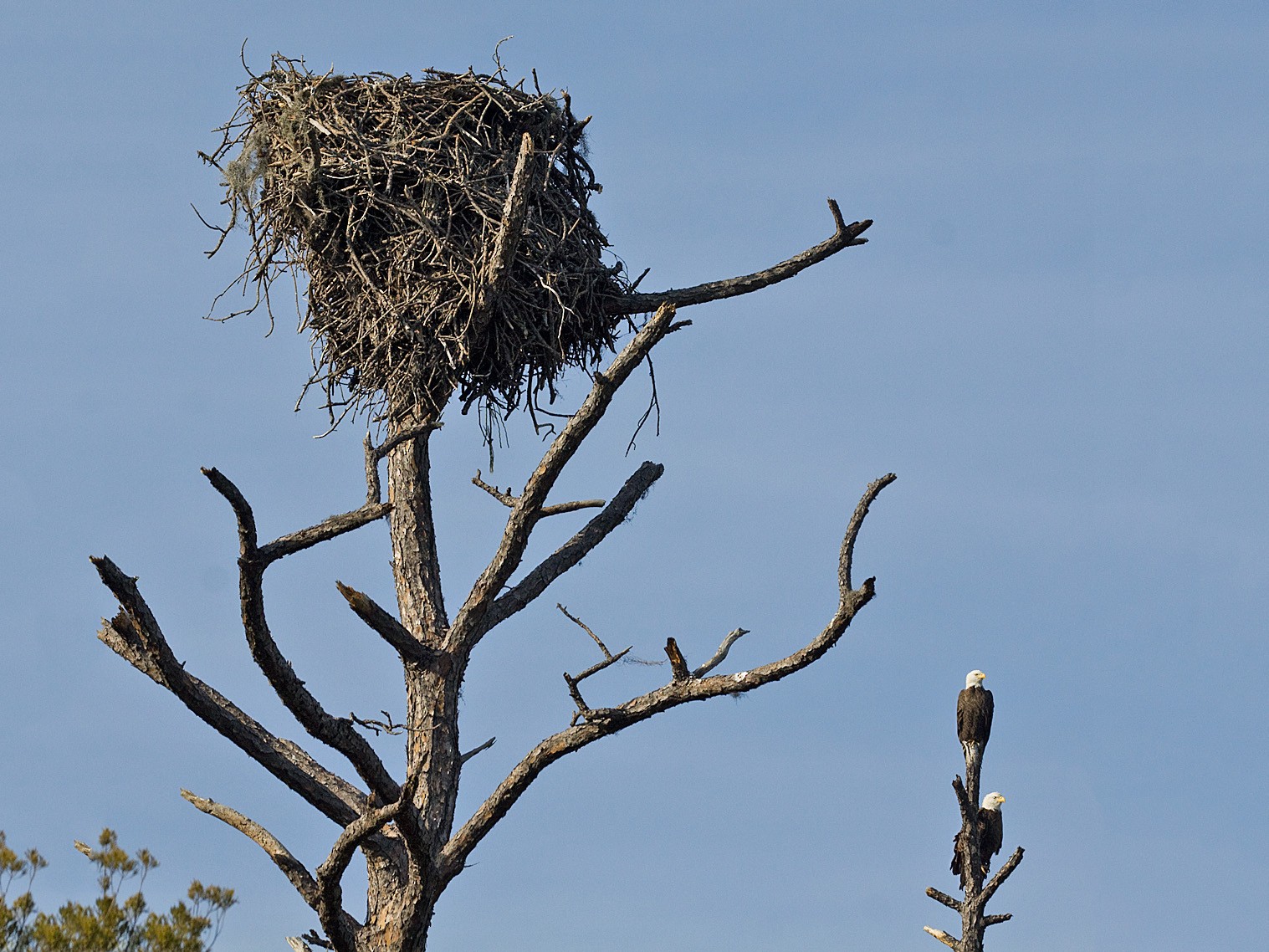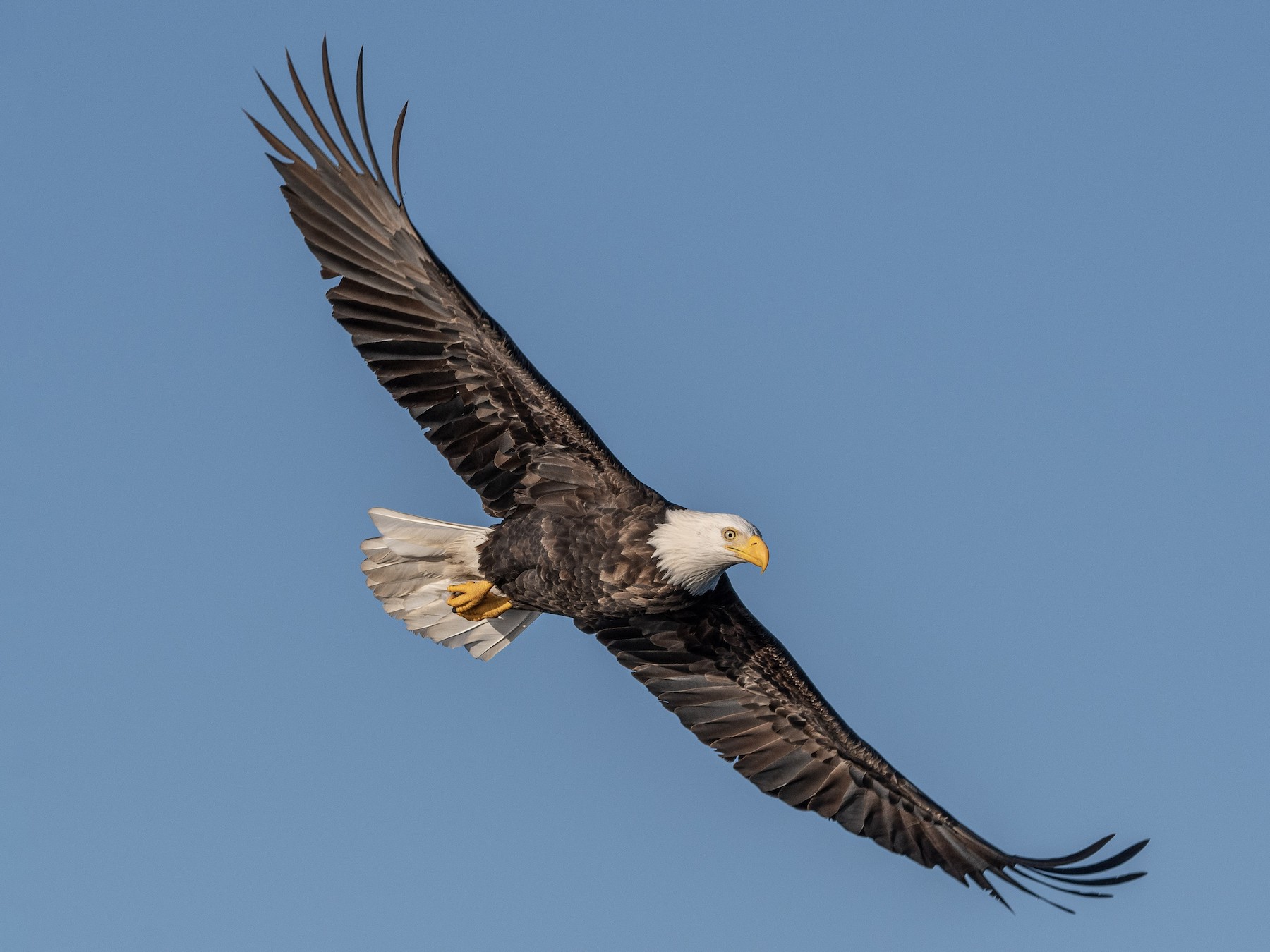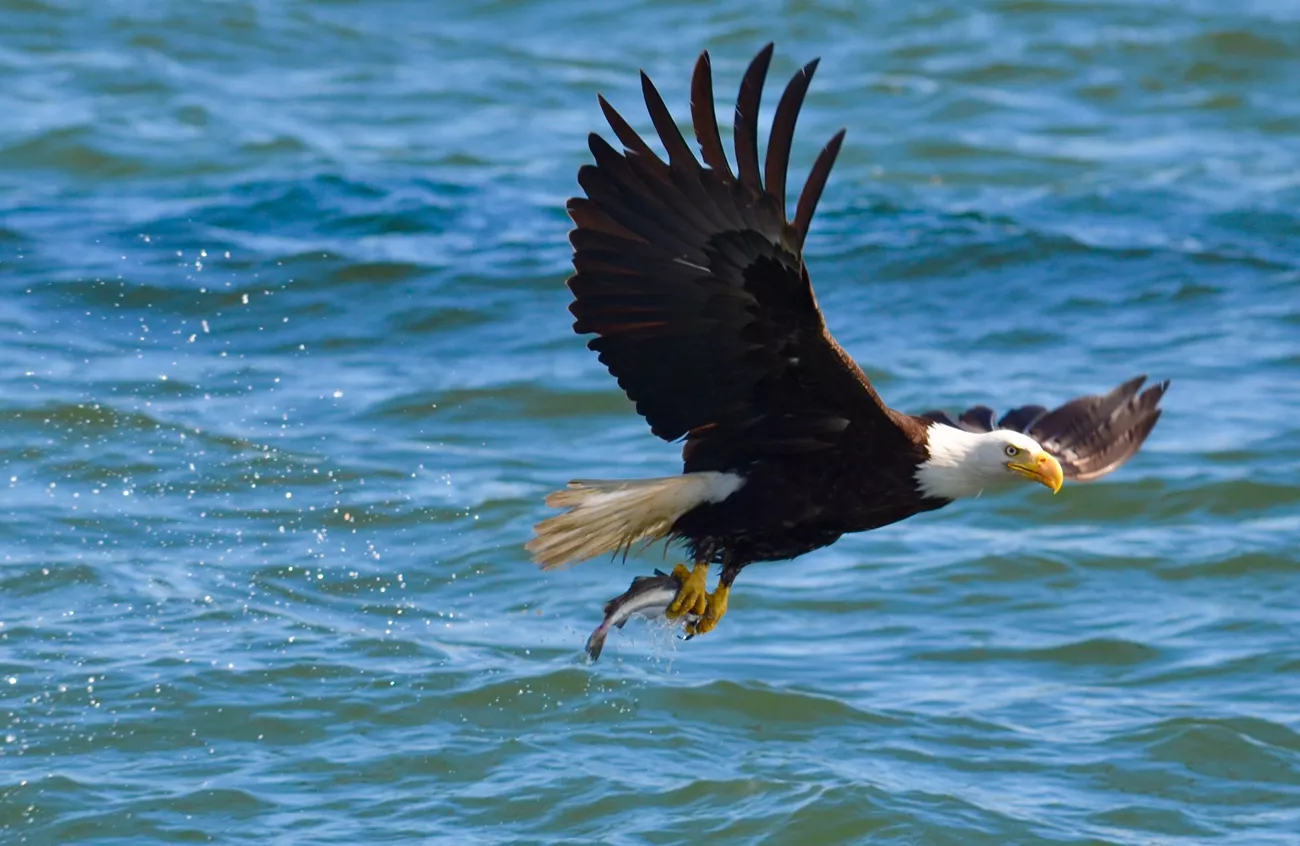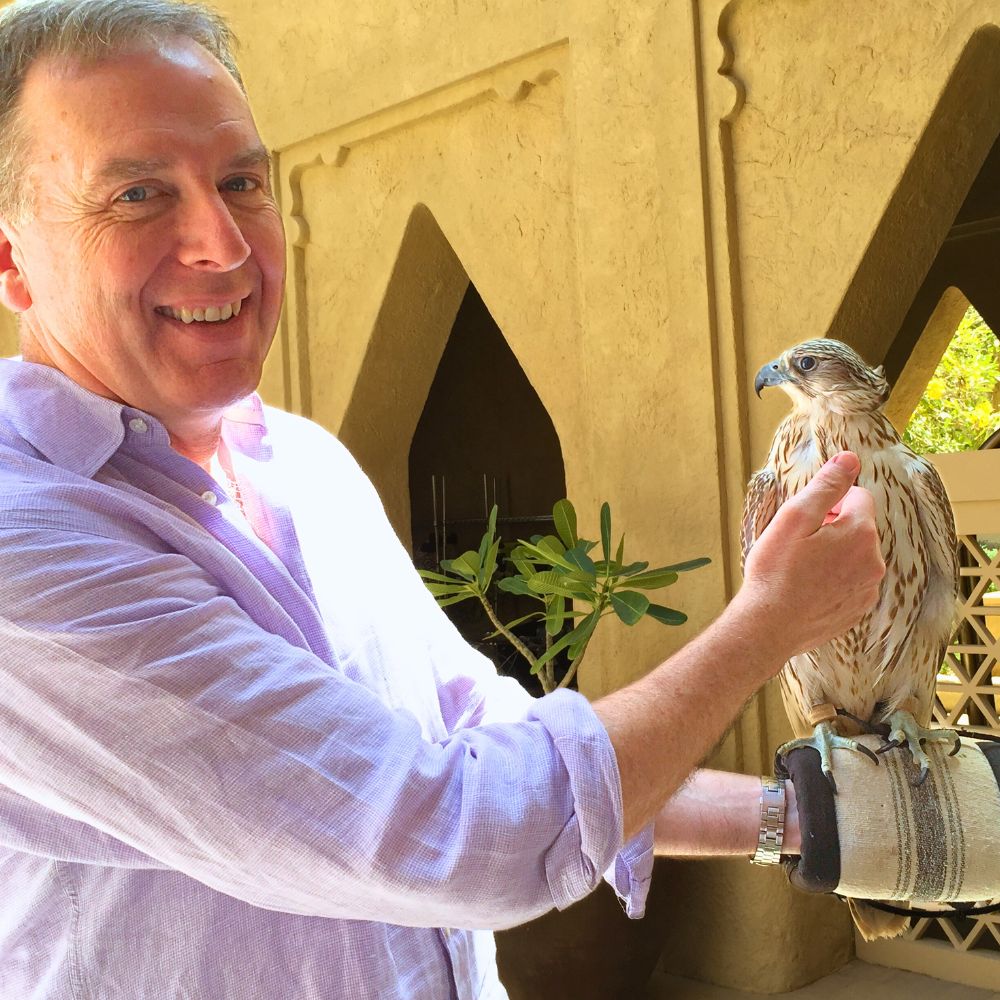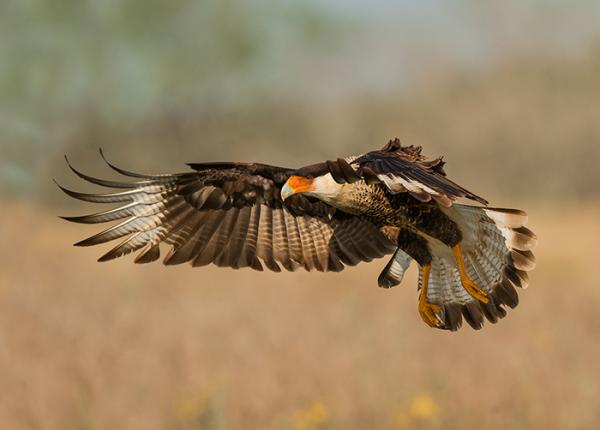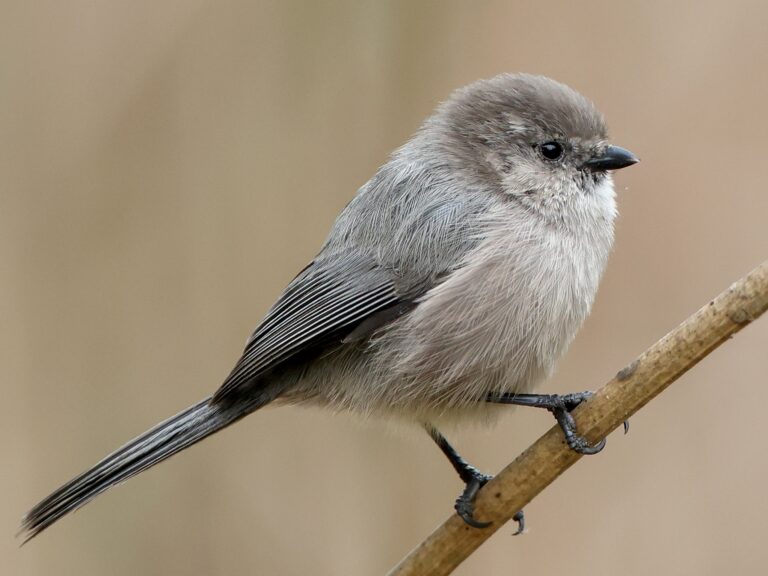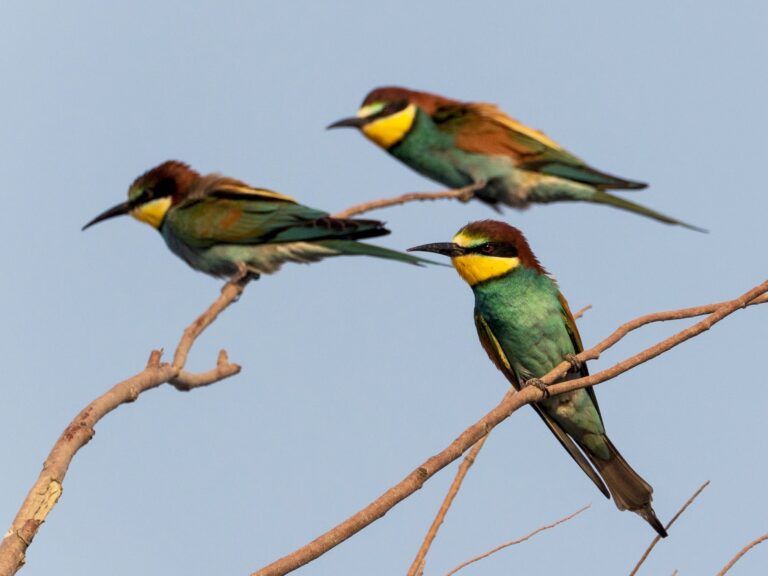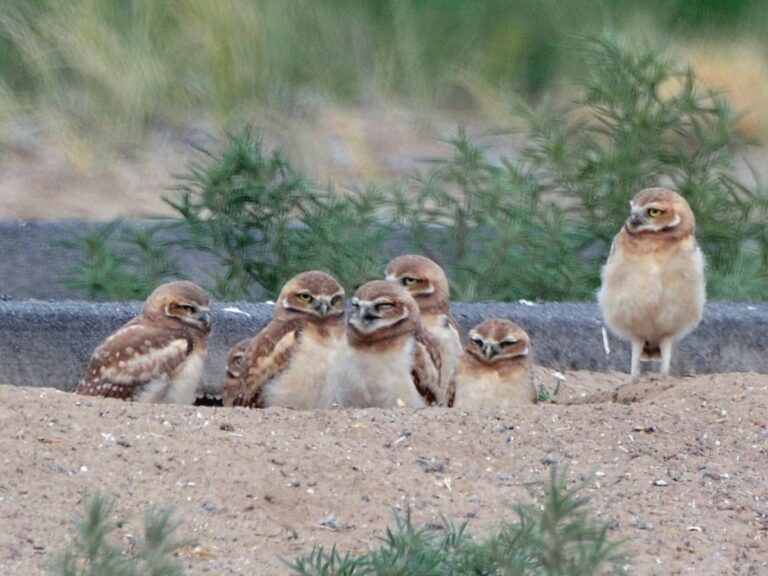Bald Eagle: The Majestic Symbol of Resilience
Bald eagles are easily among the most iconic birds in North America, standing for strength and freedom. Their white heads and tails, plus wingspans that stretch up to seven feet, make them pretty hard to miss.
They manage to thrive in all kinds of places—coastal areas, lakes, rivers—where they hunt for fish and whatever else is on the menu.
It’s not just their looks that draw people in; their hunting skills and breeding behaviors are pretty impressive too. These birds build huge nests and form strong bonds with their partners, coming back to the same nesting spots year after year.
Bald eagles have bounced back after some rough decades, thanks to people actually putting in the work to help them recover. Their story is a rare conservation win.
Key Takeaways
- Bald eagles are skilled hunters, mostly eating fish.
- They tend to return to the same nesting sites each year.
- Conservation efforts have given their numbers a huge boost.
Bald Eagle Overview
The bald eagle—Haliaeetus leucocephalus if you want to get technical—is a powerful bird of prey in the Accipitridae family. Let’s dig into its classification, features, and what makes its plumage so recognizable.
Taxonomy and Classification
Bald eagles belong to the class Aves and the order Accipitriformes, which includes birds of prey like hawks and kites. They’re part of the genus Haliaeetus, grouping them with other fish-eating eagles.
You’ll find bald eagles mainly in North America. As the national bird and symbol of the United States, they’ve got a pretty big cultural presence. Their numbers have shot up since the 1970s, mostly because of serious conservation work.
Physical Features
When you spot an adult bald eagle, you know it. Their wings stretch 6 to 8 feet across, making them one of the continent’s largest birds. Males usually weigh between 3 and 6.3 kg, while females can top 7 kg.
They’ve got a hooked beak built for tearing flesh and talons sharp enough to grab prey. Their eyesight is wild—spotting fish from way up high isn’t a problem.
Plumage and Identification
The plumage is kind of iconic. Adult bald eagles flash that white head and tail, which really stands out against their dark brown bodies and wings.
Juveniles look totally different, with a mottled brown look that sticks around until they’re about 4 or 5 years old. Spotting these color changes helps birders figure out how old a bald eagle is.
Want more info about their populations and habitats? Check the Eagle Research site.
Habitat and Distribution
Bald eagles live all over North America. They do best near big bodies of water and need good nesting spots and tall perches.
Range in North America
These birds are scattered from northern Canada down to the southern U.S. They move around depending on where the food is, sometimes heading to warmer places when winter gets tough.
Alaska, Florida, and Minnesota are big bald eagle states. Their population’s now over 300,000 in the U.S.—a wild turnaround from the lows of the past.
Preferred Habitat Types
Bald eagles really need open water for hunting fish, which is their main food. You’ll find them by lakes, rivers, and coasts where fish are plentiful.
Tall trees are key for perching and nesting. They like to have a good view of the water, so mature trees near water are prime real estate for them.
Nesting Habitat
Nesting is a big deal for bald eagles. They build massive stick nests, usually high in trees close to water. Some nests get to 13 feet deep and weigh more than a ton—imagine hauling that up a tree.
They keep using the same nests, adding new sticks every season. The best spots are high up, away from people and predators, and close to food. If the food runs out, they might move on.
Keeping nesting areas healthy and undisturbed helps eagle numbers grow, especially in places where people live nearby. For more on how they pick nesting spots, check out this study on habitat use.
Diet and Hunting
Bald eagles mostly eat fish, but they’re not picky if something else is easier to grab. Their hunting style changes depending on where they are and what’s around.
Primary Food Sources
Fish—especially salmon and trout—make up most of their diet. But if fish are hard to find, bald eagles will go after waterfowl, small mammals, or even carrion.
They’ll scavenge from other birds, especially when times are tough in winter. Some studies even show they switch to eating ducks and geese when fish aren’t around.
Hunting Techniques
These birds are aerial pros. They soar above the water, scanning for prey, and when they spot something, they dive—sometimes hitting 100 mph.
They use “plunge diving” to snatch fish with their talons, but they’re not above stealing from other birds or picking food off the water’s surface. Their eyesight is so sharp, they can spot a fish from way up high.
Breeding and Lifecycle
Bald eagles have a pretty fascinating breeding cycle. Their courtship, nest building, egg-laying, and chick-rearing all play a part in keeping the species going.
Courtship and Mating
During courtship, males put on a show—swooping, diving, and showing off their flying skills. It’s a bit dramatic, but it works.
Once they pair up, they usually stick together for life. Bald eagles are monogamous and often find the same partner each year. They don’t start breeding until they’re about four or five years old.
Nest Construction
Both parents pitch in to build the nest. They pick high spots in trees or on cliffs to keep their chicks safe.
Nests can get massive—up to ten feet deep and weighing over a ton. They line the inside with grass, moss, or feathers to make it comfy for the eggs.
Eggs and Incubation
Each season, bald eagles lay one to three eggs. The eggs are about three inches long and kind of bluish-white.
Incubation takes around 35 days. The female mostly handles sitting on the eggs, while the male brings food. Both parents guard the nest and keep the eggs safe.
Fledging and Juvenile Development
When the eggs hatch, the chicks are helpless and need constant care. Parents bring them food for about 10 to 12 weeks.
As the chicks grow, they start flapping their wings and eventually take their first flight—usually at about 10 to 12 weeks old. After that, they’ll stick around for a while, learning how to hunt and survive on their own.
For more on their breeding habits, check out A life history of the Northern Bald Eagle and details about their nests at Status, distribution, and the future of Bald Eagles in the Chesapeake Bay area.
Conservation and Recovery
People have put in a ton of work to bring bald eagles back from the brink. Their comeback is tied to fighting for their endangered status, dealing with DDT, passing protective laws, and just plain old determination.
Endangered Species Status
Bald eagles landed on the endangered species list in 1978 after habitat loss and toxic chemicals nearly wiped them out. Federal protection under the Endangered Species Act kicked in, and conservationists hustled to restore habitats and keep people away from nests.
By 2007, they made enough of a comeback to get off the endangered list. That’s not something you see every day.
Impact of DDT
DDT, a pesticide used everywhere back in the day, almost destroyed bald eagle populations. It made their eggshells too thin, so chicks rarely survived.
Once the U.S. banned DDT in 1972, things slowly started to turn around. With less poison in the environment, eagle numbers began to rise again.
Protective Legislation
Several laws now help keep bald eagles safe. The Bald and Golden Eagle Protection Act makes it illegal to harm them or mess with their nests.
The Migratory Bird Treaty Act adds another layer of protection. These laws provide a safety net for bald eagles and their habitats, making sure the recovery isn’t just a fluke.
Population Recovery
Recent studies show the bald eagle population has bounced back in a big way. In the northeastern United States, their numbers jumped from just a handful to over 10,000 breeding pairs.
Monitoring programs and habitat restoration really helped drive this growth. People keep working hard to support local eagles, mostly by focusing on education and conservation.
If you want to dig deeper, check out this article on bald eagle population growth in Oklahoma. It’s wild how much of a difference these efforts made over time.
Behavior and Communication
Bald eagles have some surprisingly complex behaviors and ways of communicating. These quirks shape everything from how they claim territory to the way they migrate.
Territorial Behavior
Bald eagles get especially territorial during breeding season. They carve out areas that can stretch from a single square mile to several.
The males often put on aerial shows to prove who’s boss and keep rivals away. It’s not just for show—these displays actually help them defend their turf.
Nest location matters a lot. Eagles go for tall trees right by the water, which makes grabbing fish way easier.
They’ll fight off other eagles or even predators if anyone gets too close to the nest.
Key behaviors include:
- Aerial displays: Males soar and dive to show strength.
- Challenging intruders: Serious defensive tactics against rivals.
Calls and Vocalizations
Bald eagles use a mix of calls to get their point across. Most people describe their sounds as high-pitched whistles or piping noises.
They call to attract mates or warn others when something’s up. Their voices might seem a bit weak next to other big birds, but in those dense forests, it works just fine.
Common calls include:
- Mating calls: Used during courtship to attract partners.
- Alarm calls: Alerts other eagles to potential threats.
Migration Patterns
Bald eagles are famous for their migration, especially if they live up north. When winter hits, they head for places with open water so they can still catch fish.
Some eagles in North America travel hundreds of miles to find a good spot to hunt. The weather and food supply really affect when they decide to move.
Not every eagle migrates, though. Some stick around all year if the conditions are right.
Migration aspects include:
- Timing: Often begins in late fall.
- Distance: Can span extensive areas for food access.
If you want to geek out more on their habits, there’s some solid research on their foraging behavior and nesting routines.
Frequently Asked Questions
Bald eagles really are something else. The more you learn about them, the more fascinating they get.
What is the average wingspan of a Bald Eagle?
The average wingspan of a bald eagle falls between 6 and 7.5 feet. Males usually come in a bit smaller than females.
Where can one typically find Bald Eagles in the wild?
You’ll usually spot bald eagles near big lakes, rivers, or along the coast. They want easy access to fish and tall trees for their nests.
What does the Bald Eagle primarily feed on?
Bald eagles mostly go after fish—salmon and trout are favorites. If fish are scarce, they’ll grab birds, small mammals, or even carrion.
What is distinctive about the call of a Bald Eagle?
Their call is kind of a high-pitched chirp. It’s honestly not as powerful as you’d imagine—more of a whistle, really.
How much weight can a Bald Eagle carry when it takes off?
Bald eagles can usually carry about 4 to 5 pounds while flying. Anything heavier tends to give them trouble.
How often can Bald Eagles be spotted in their natural habitat?
You can spot Bald Eagles pretty often throughout the year, especially if you’re in places where they like to nest.
When migration season rolls around, their numbers jump in some areas, making sightings even more common.
